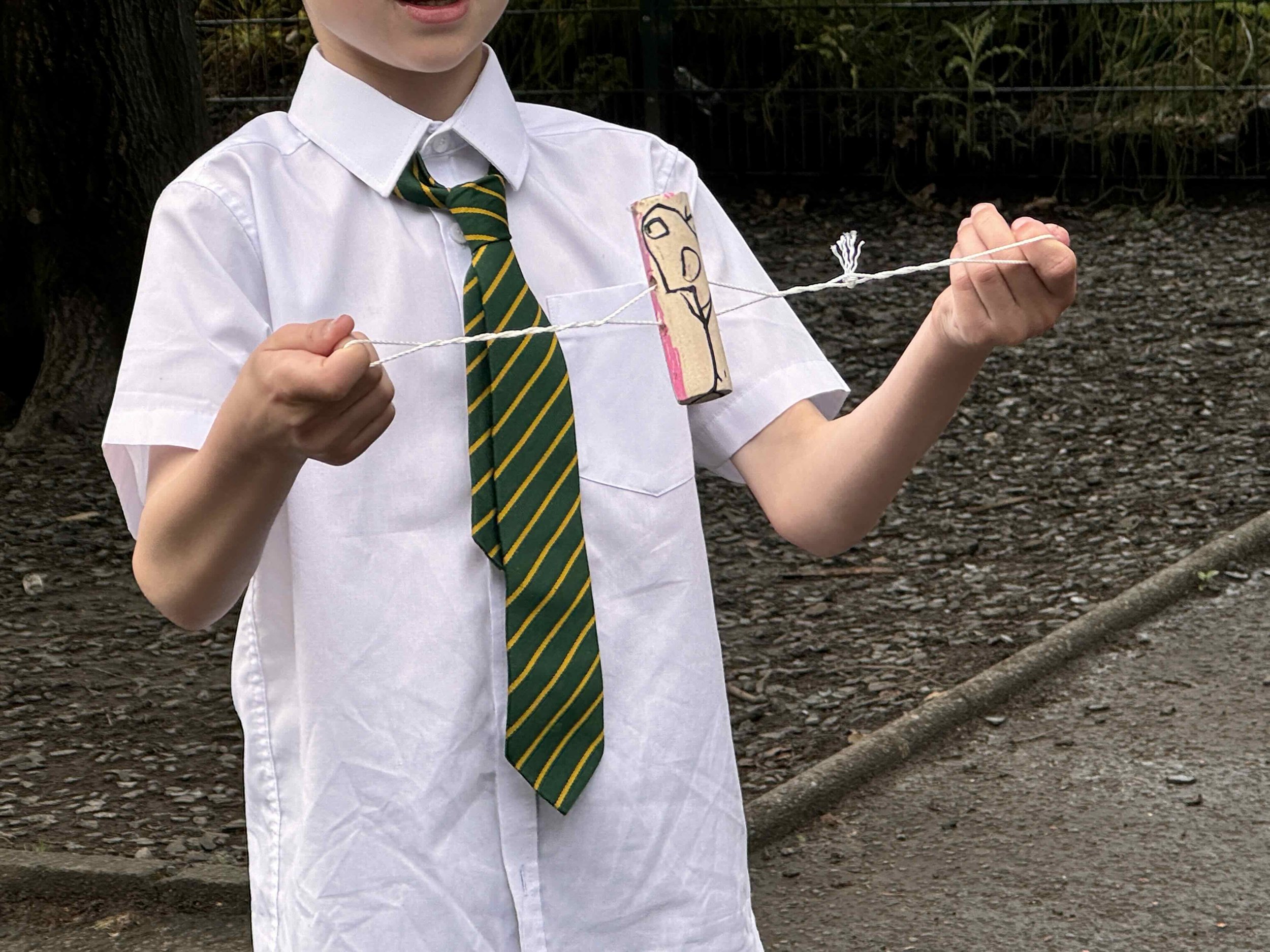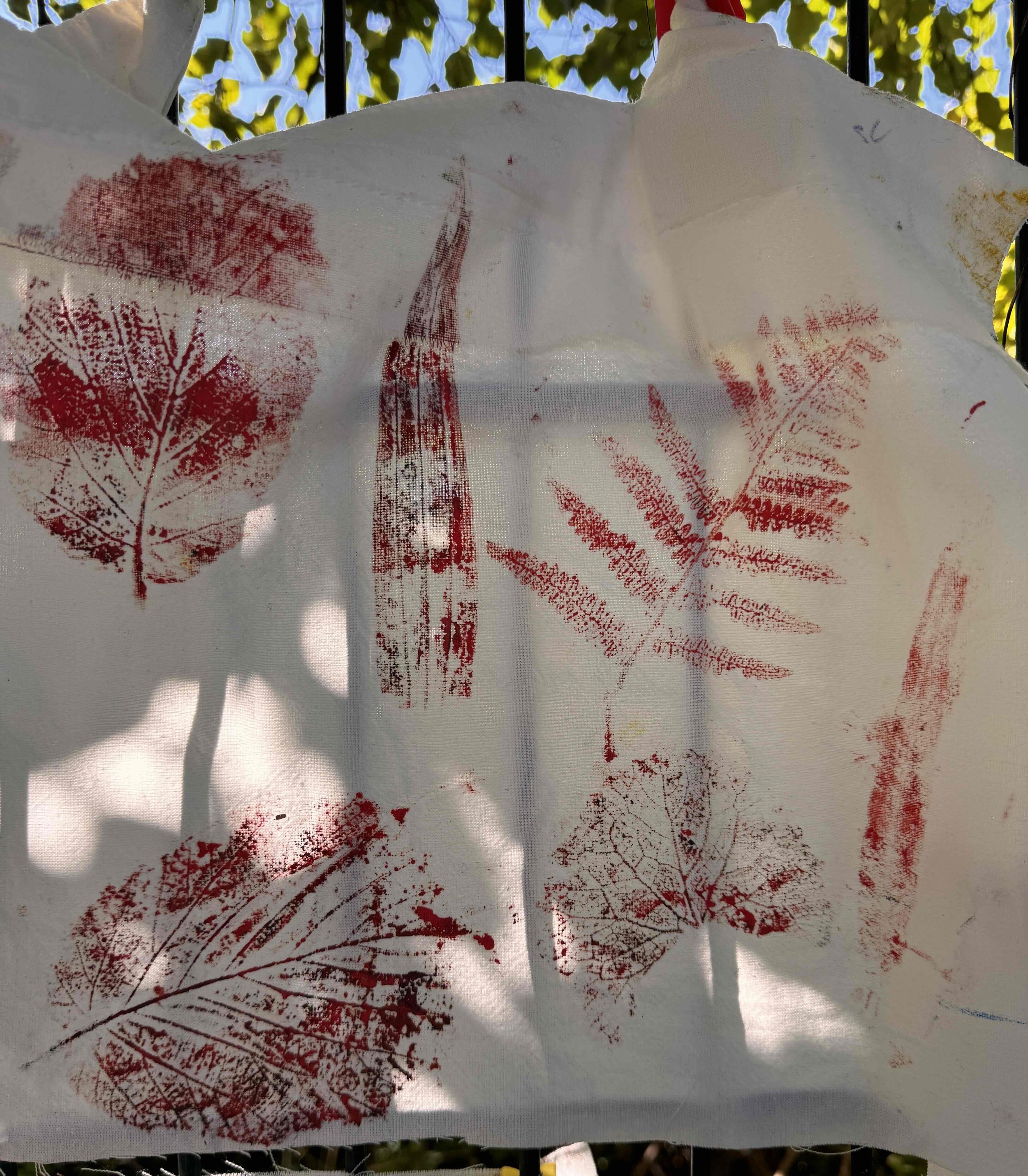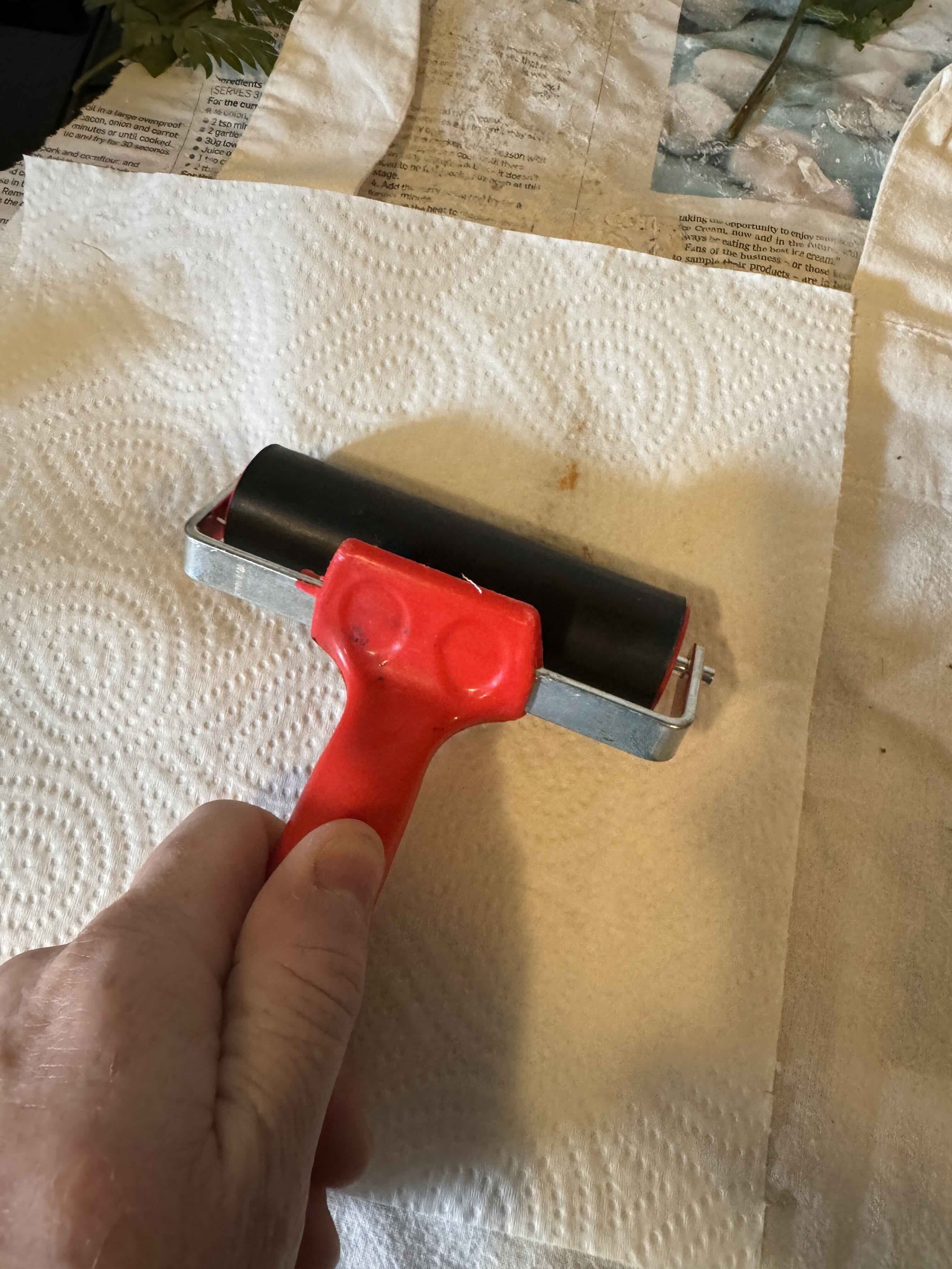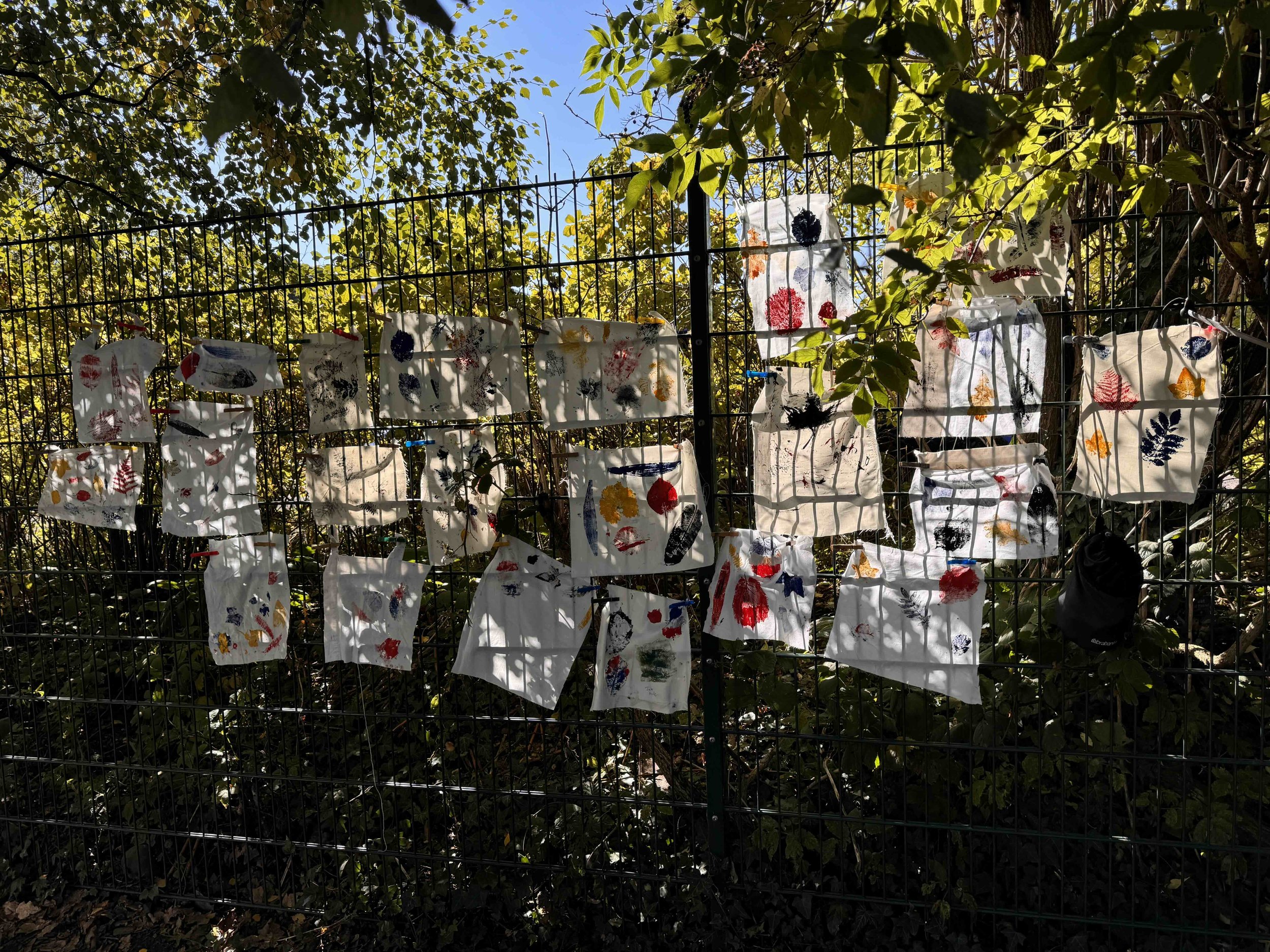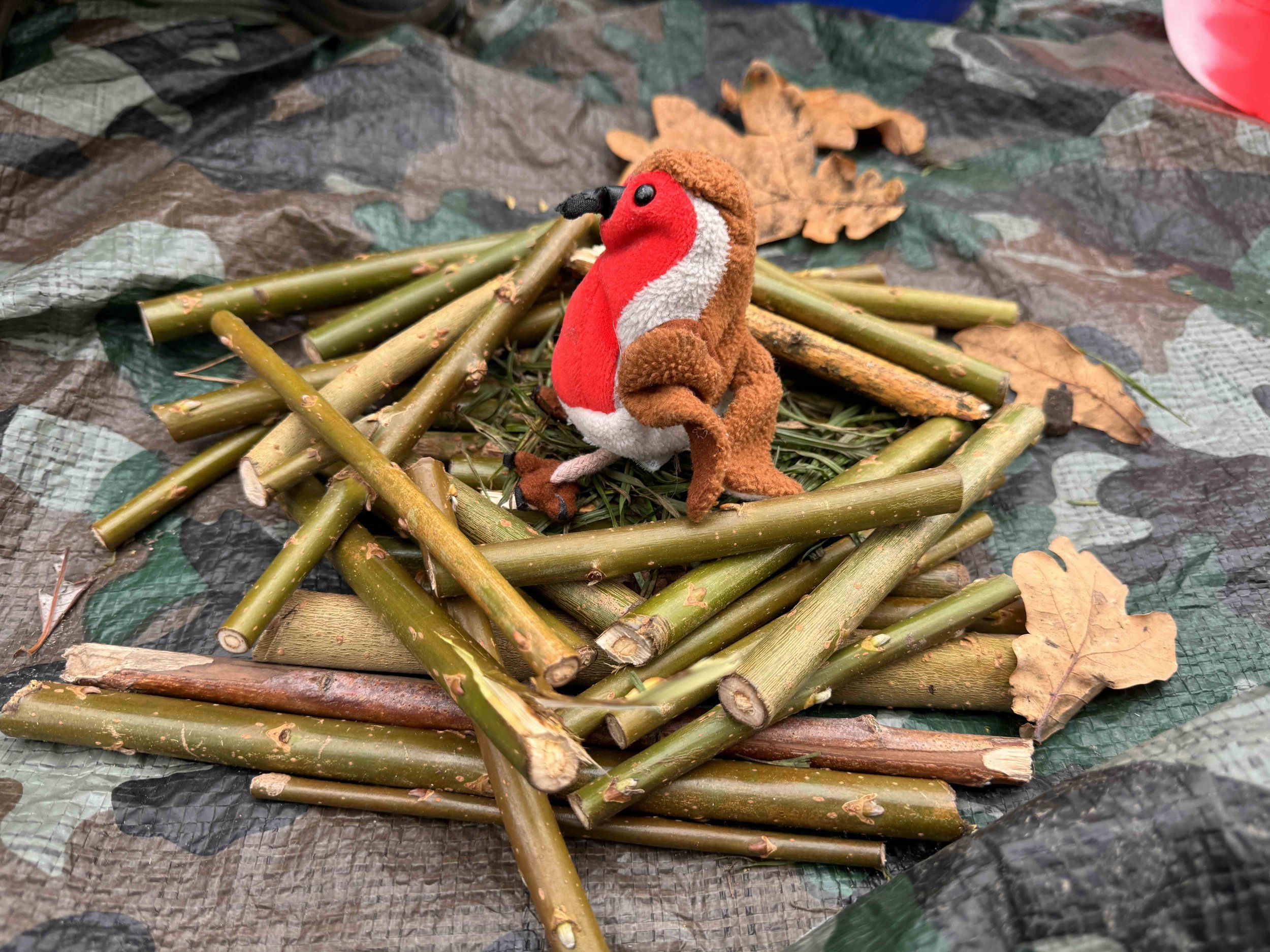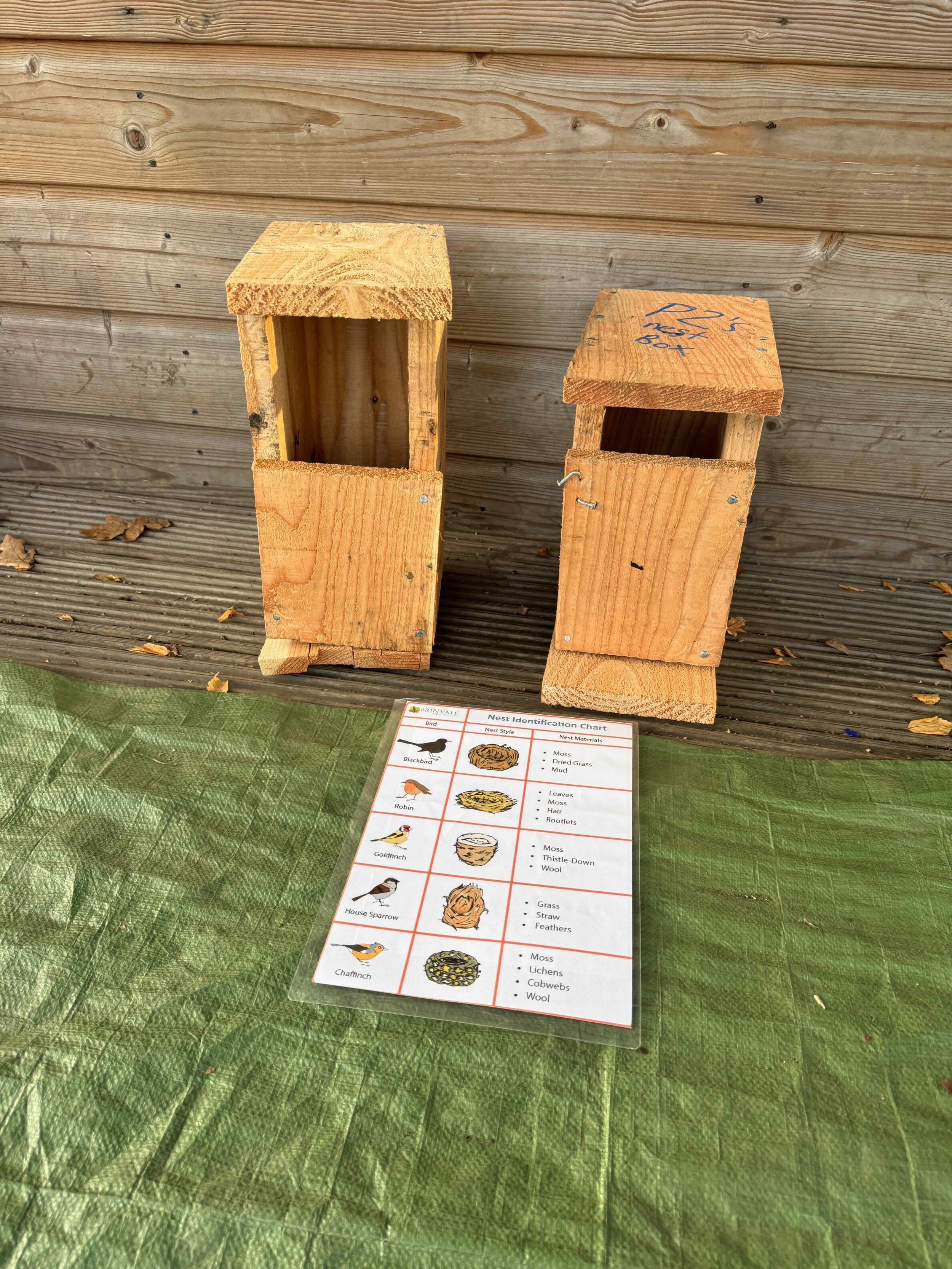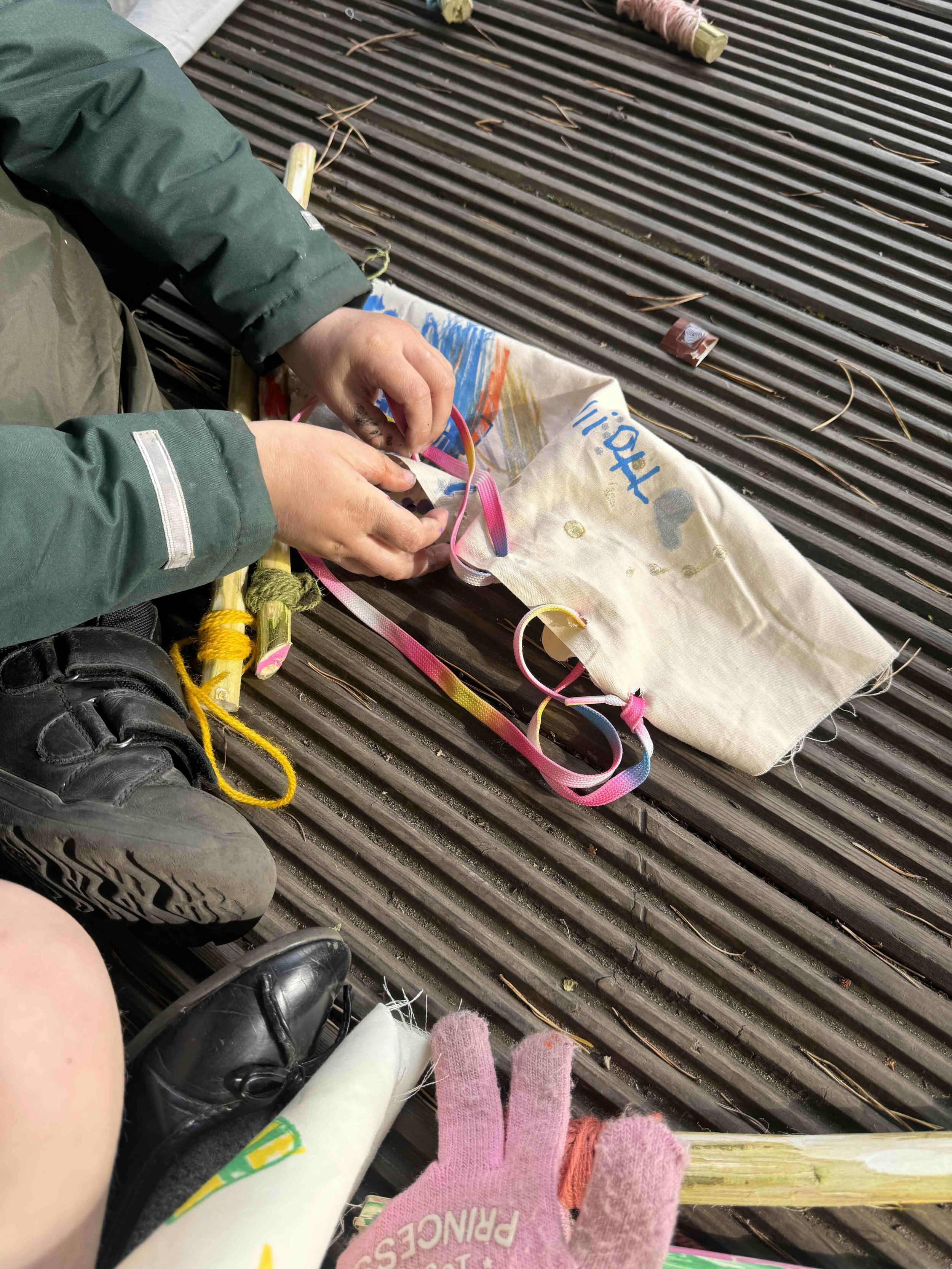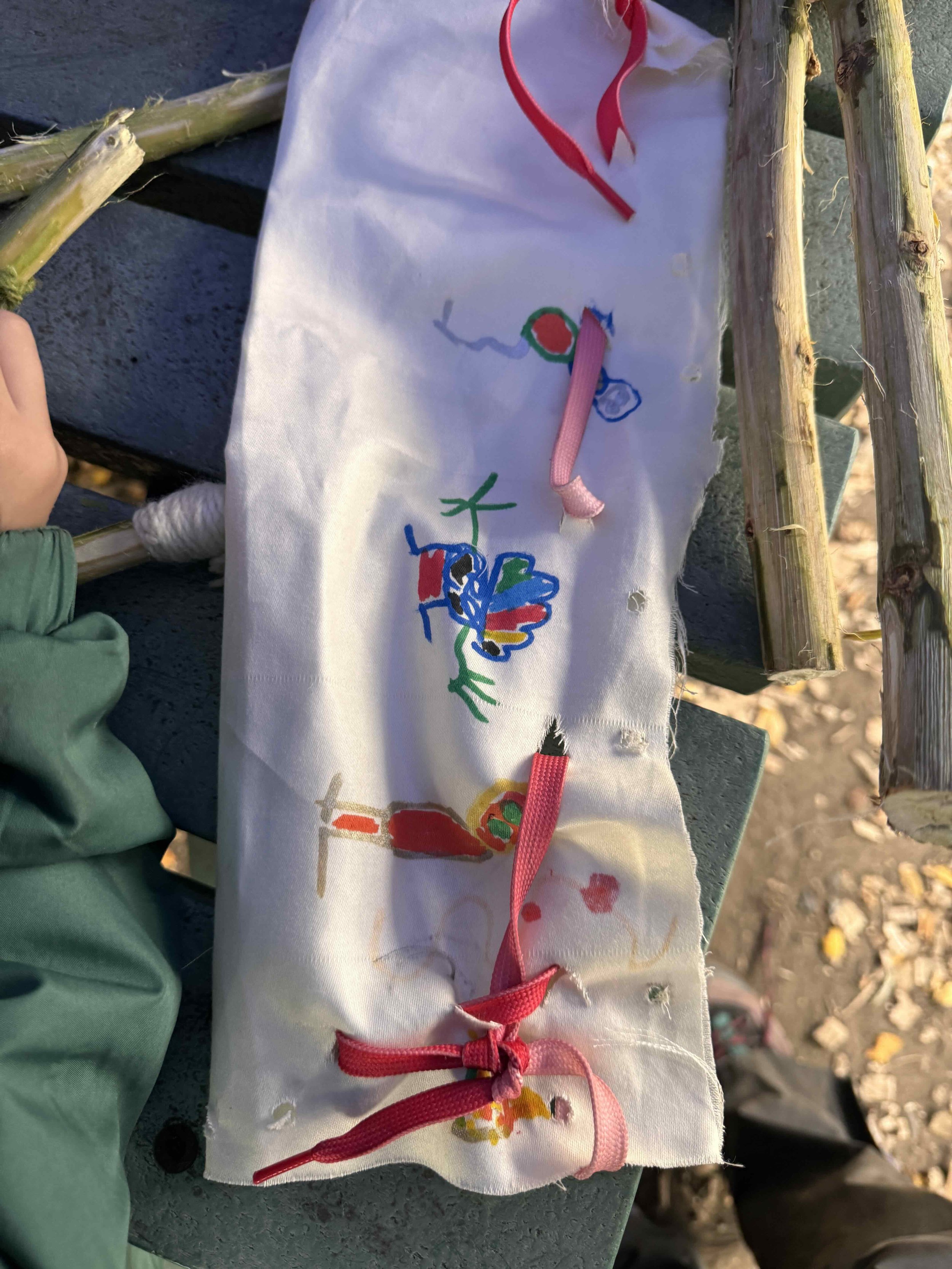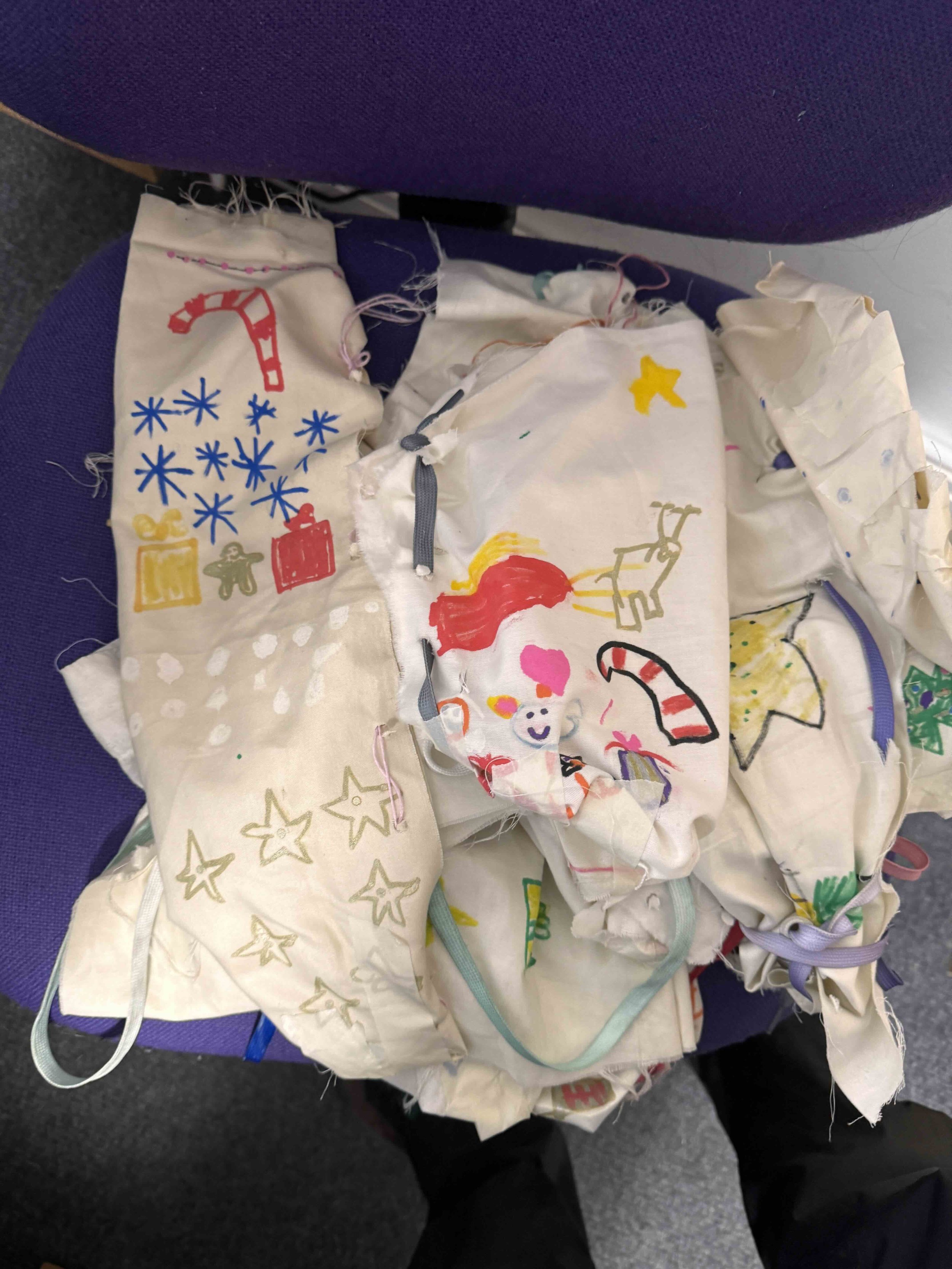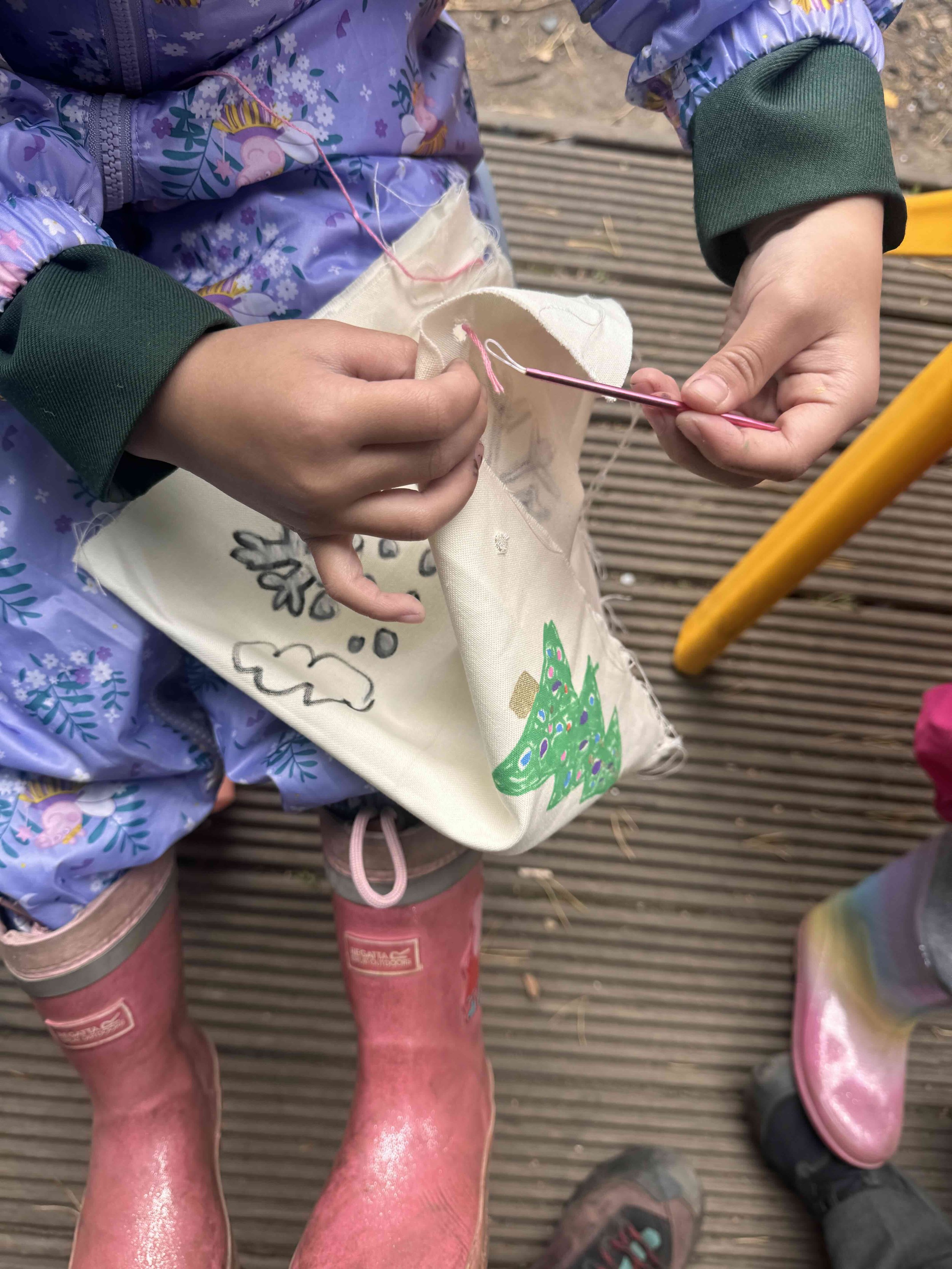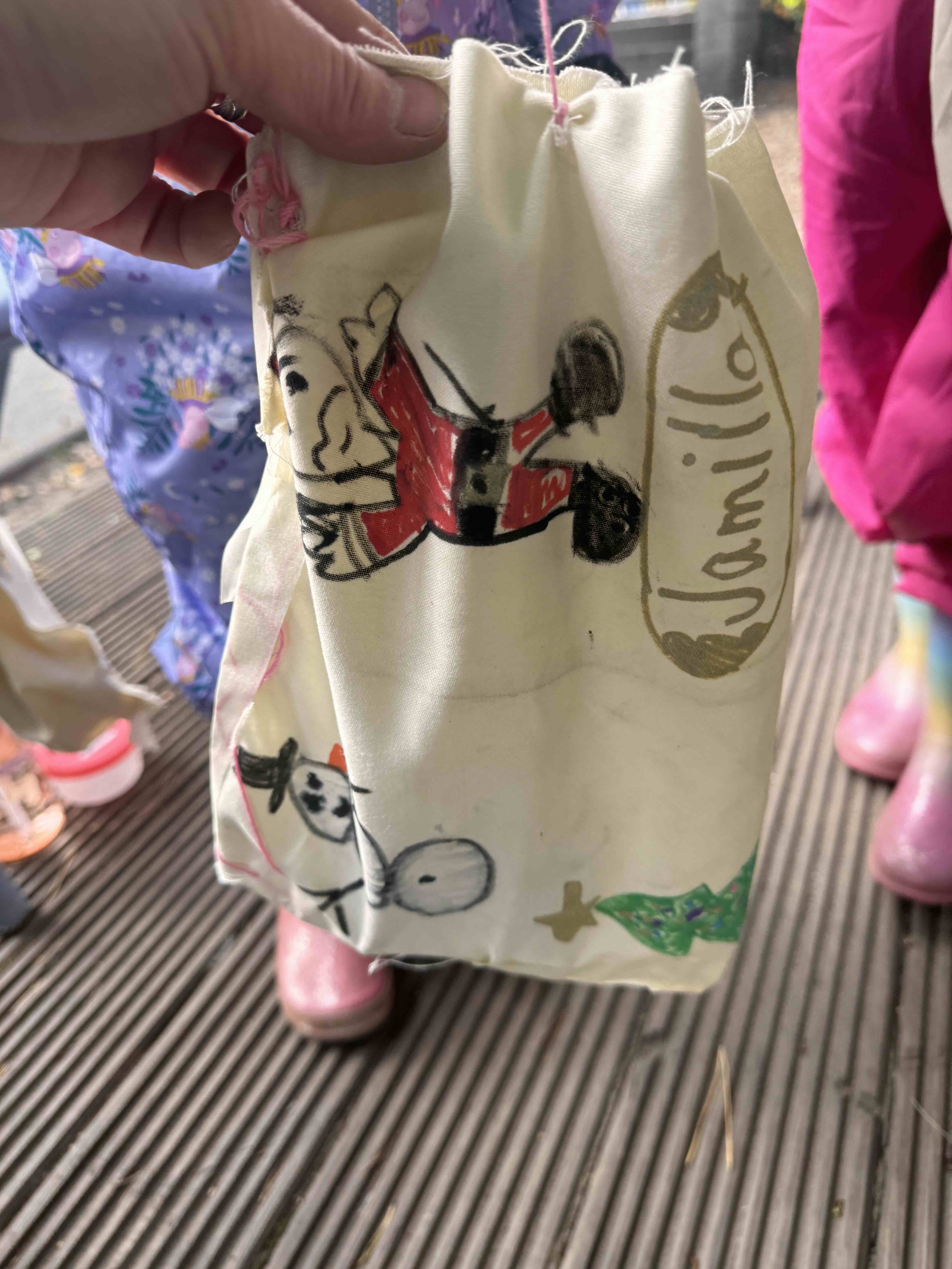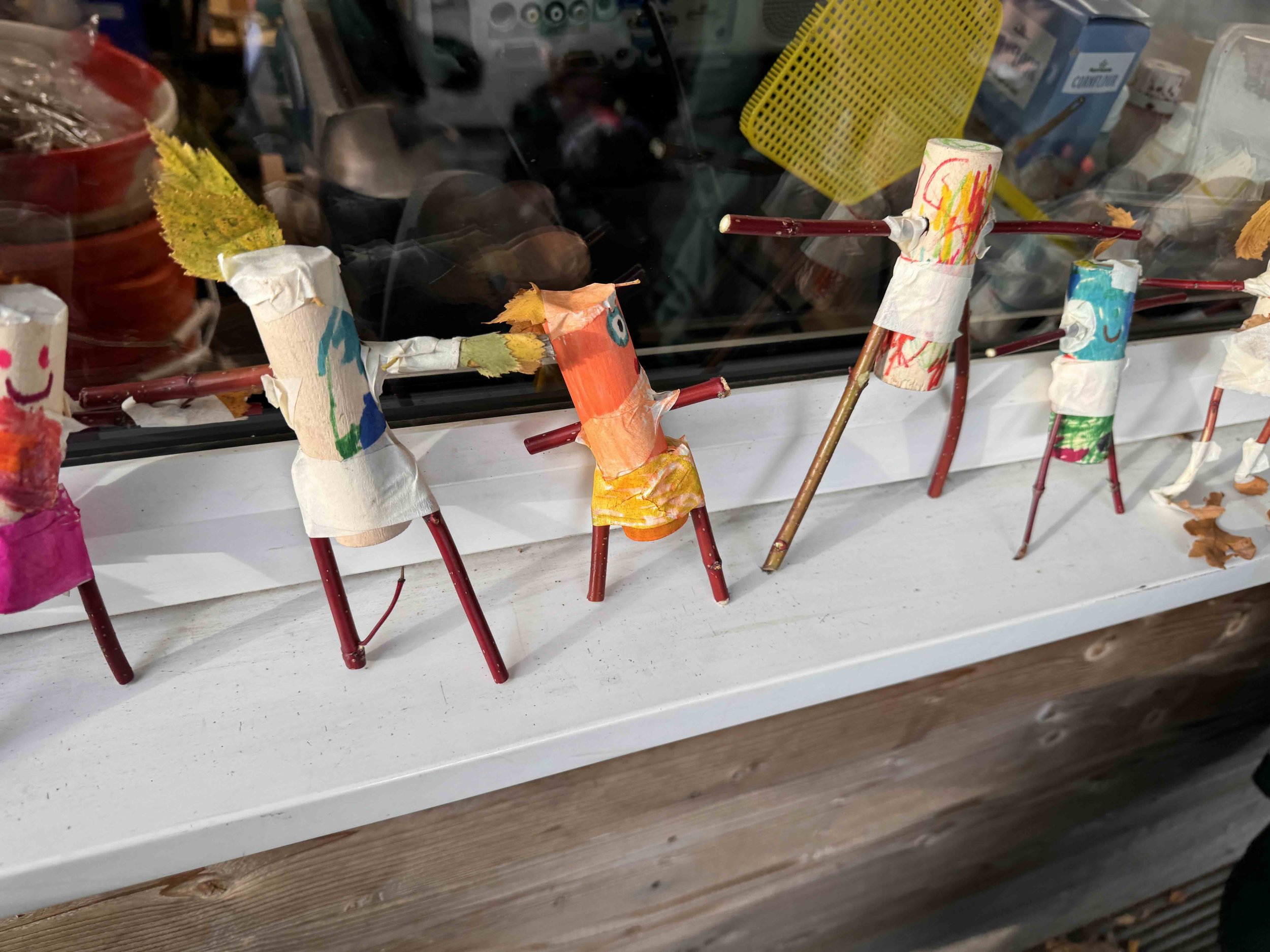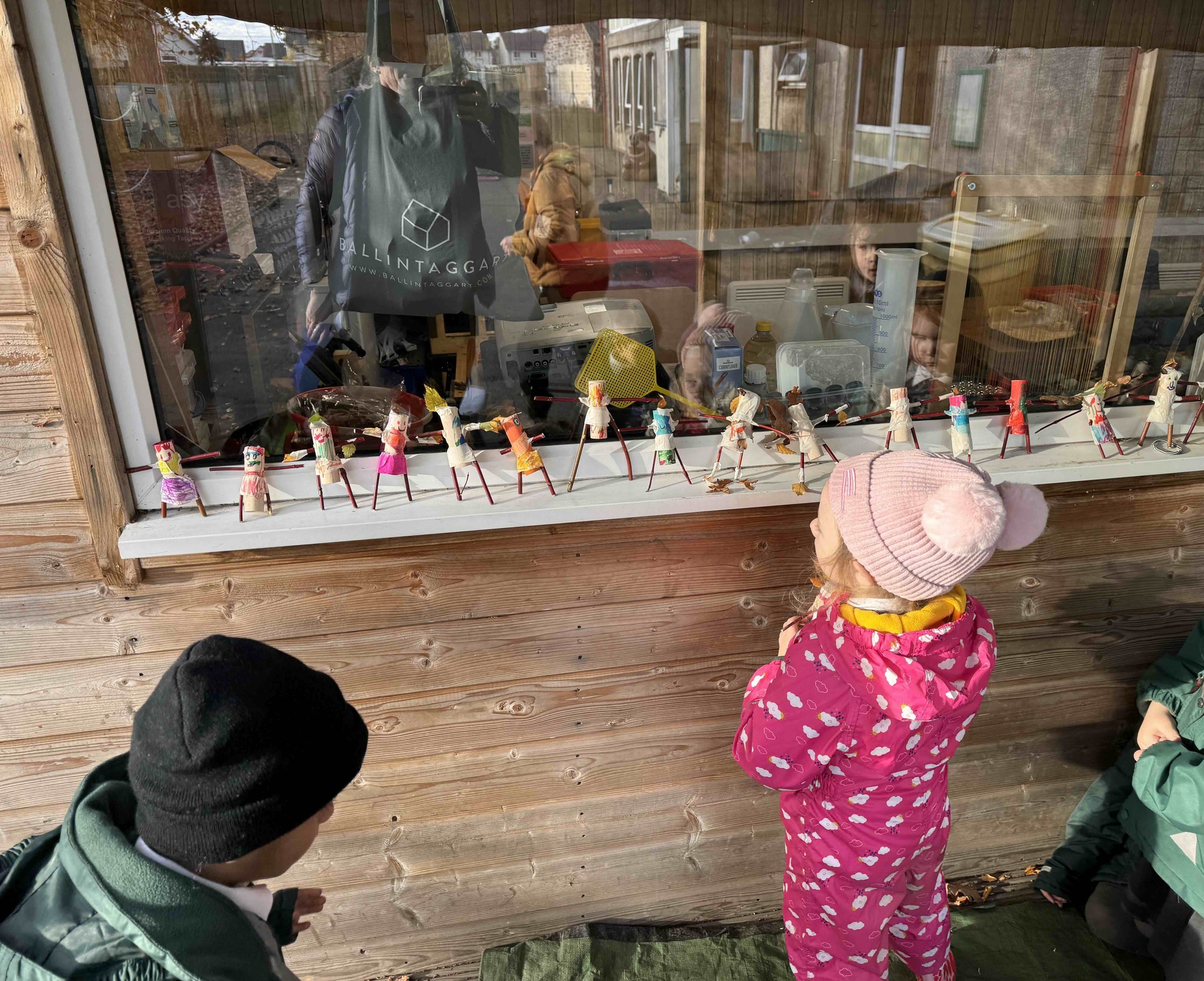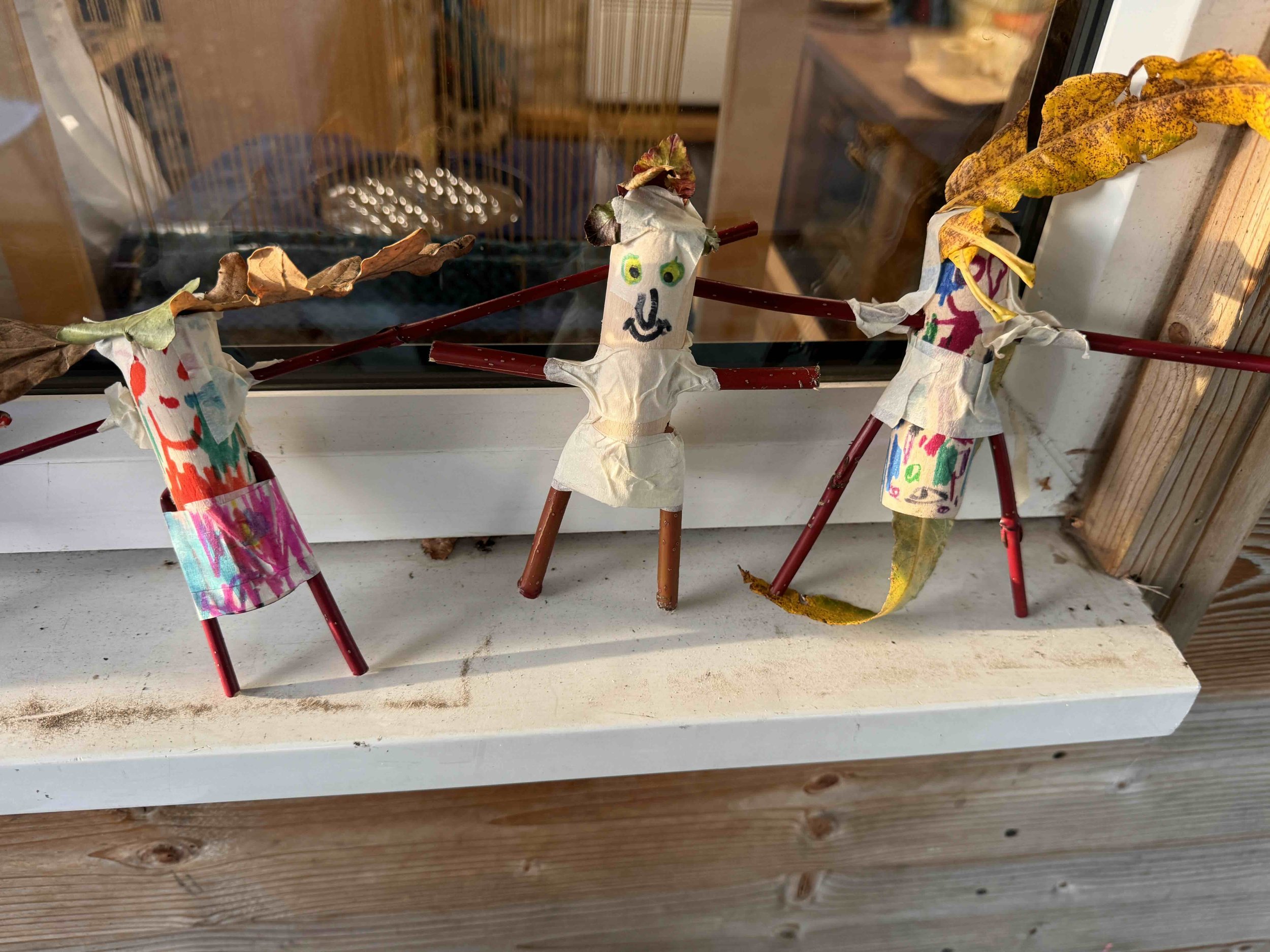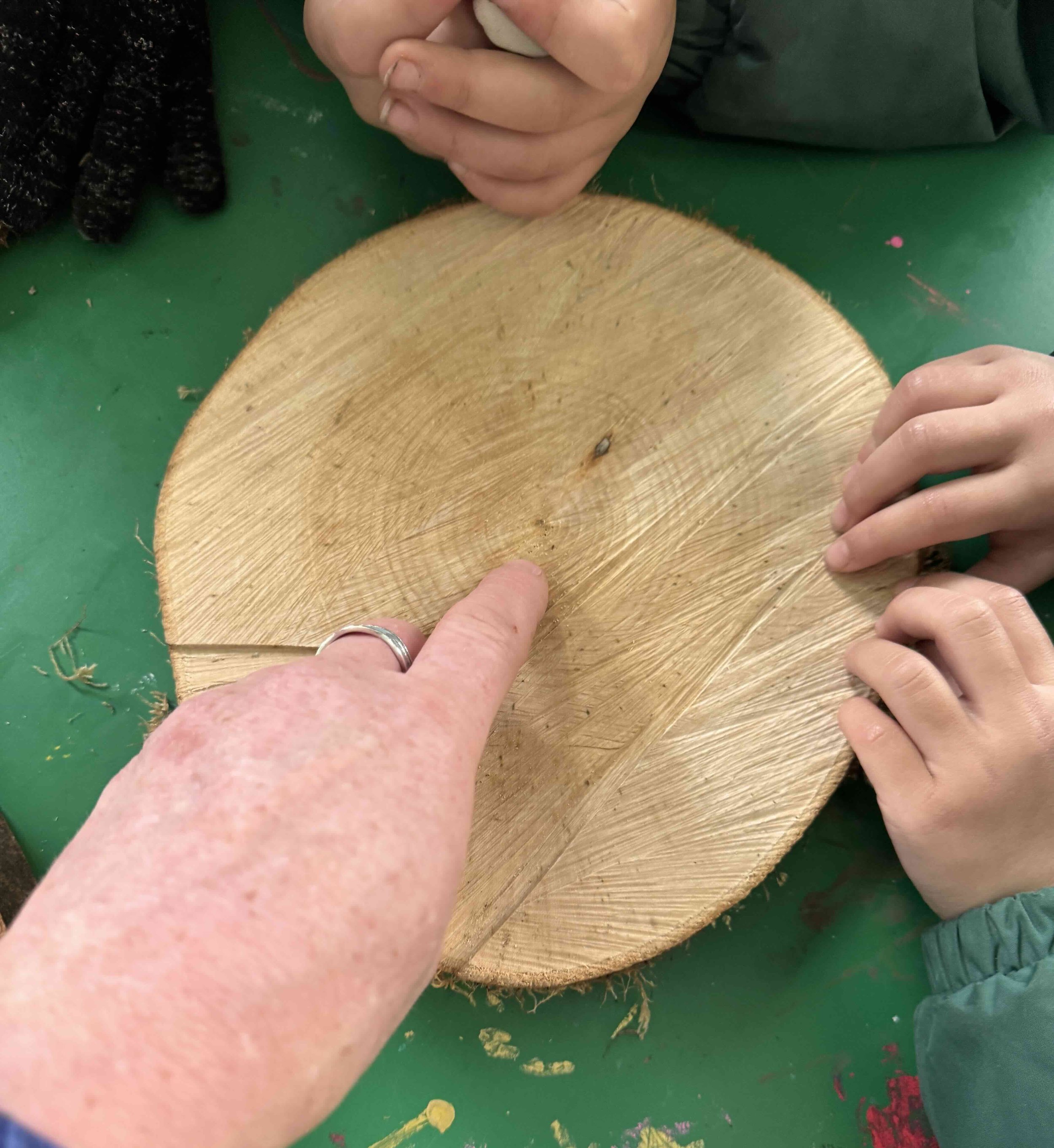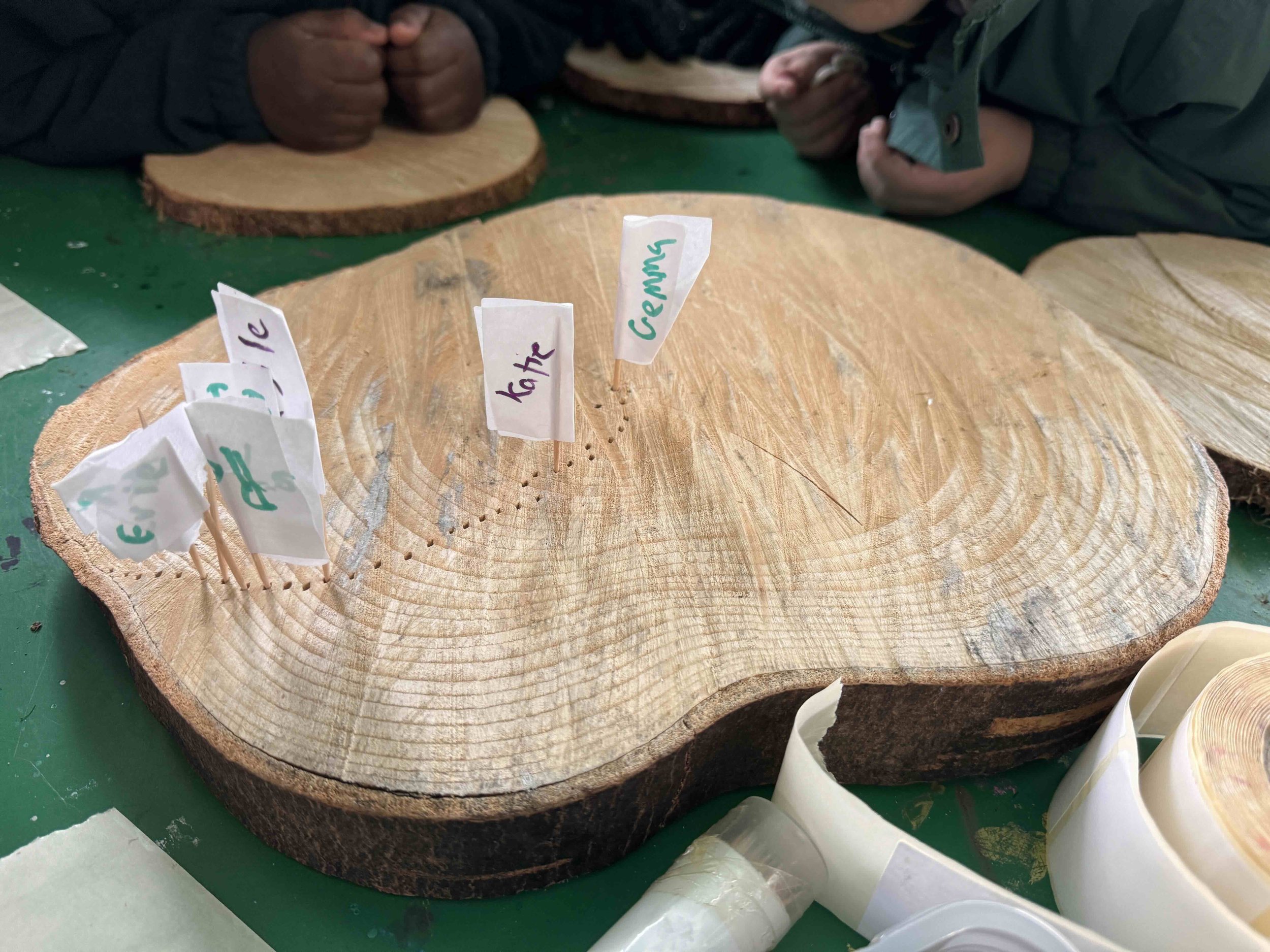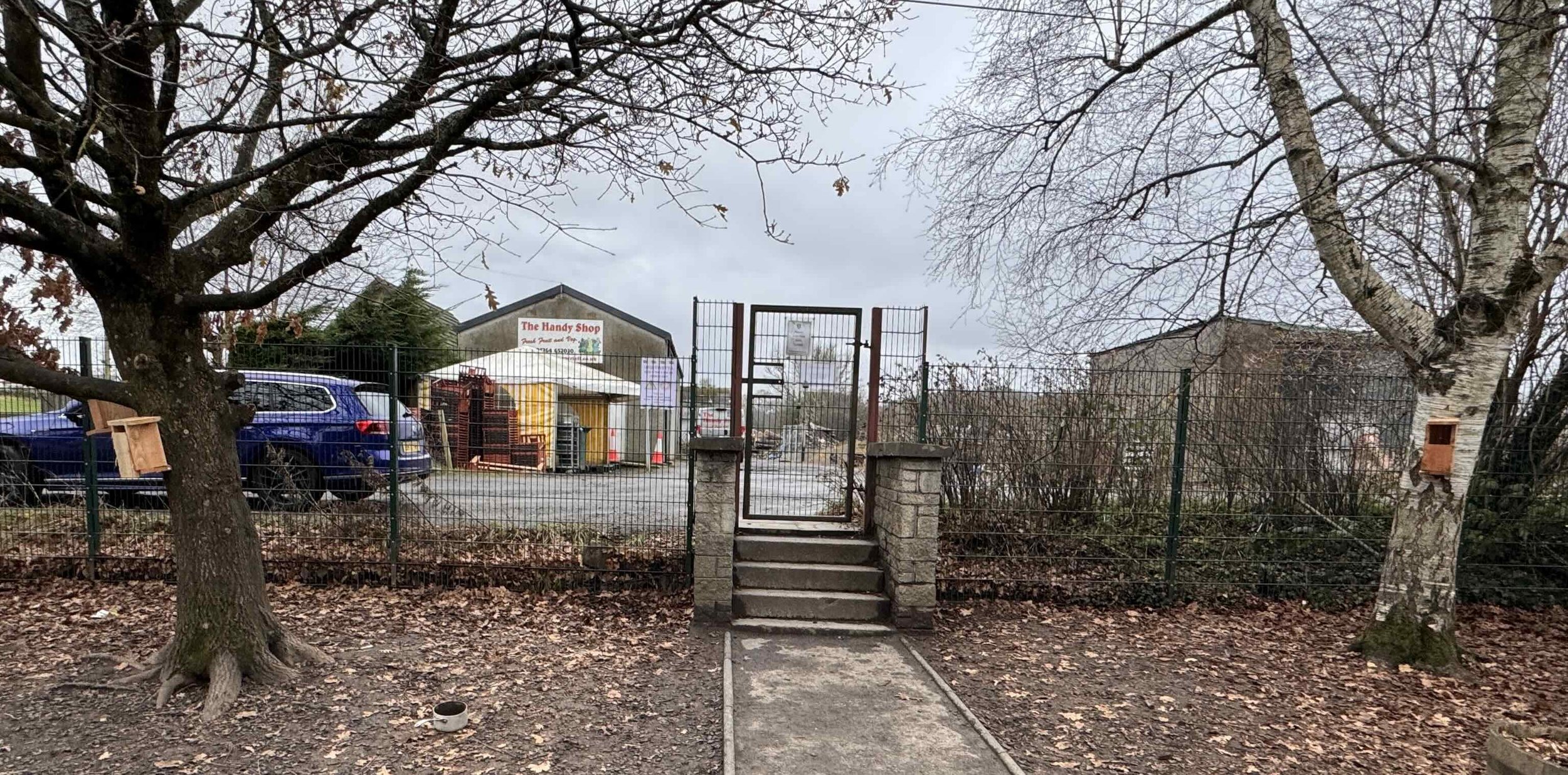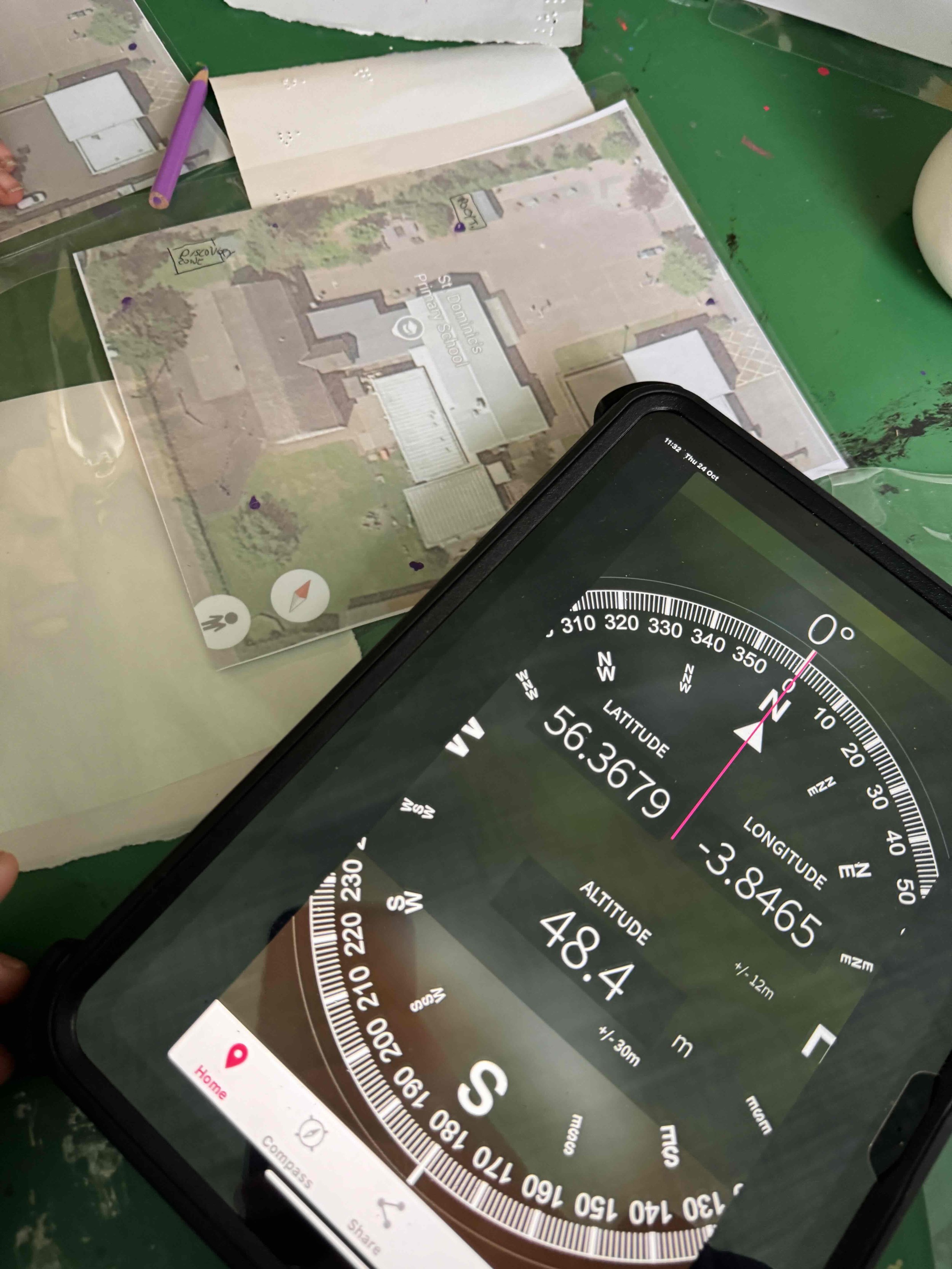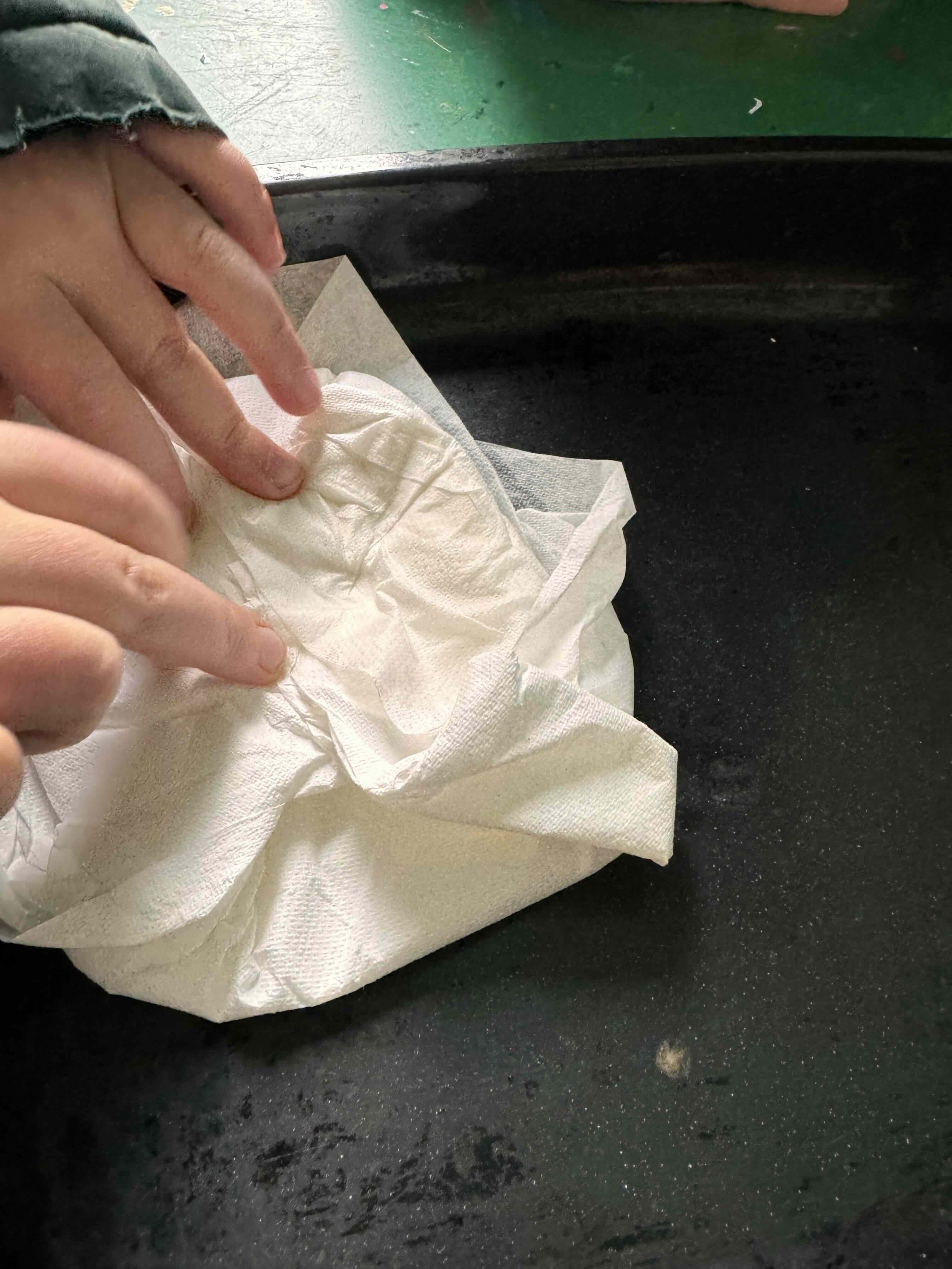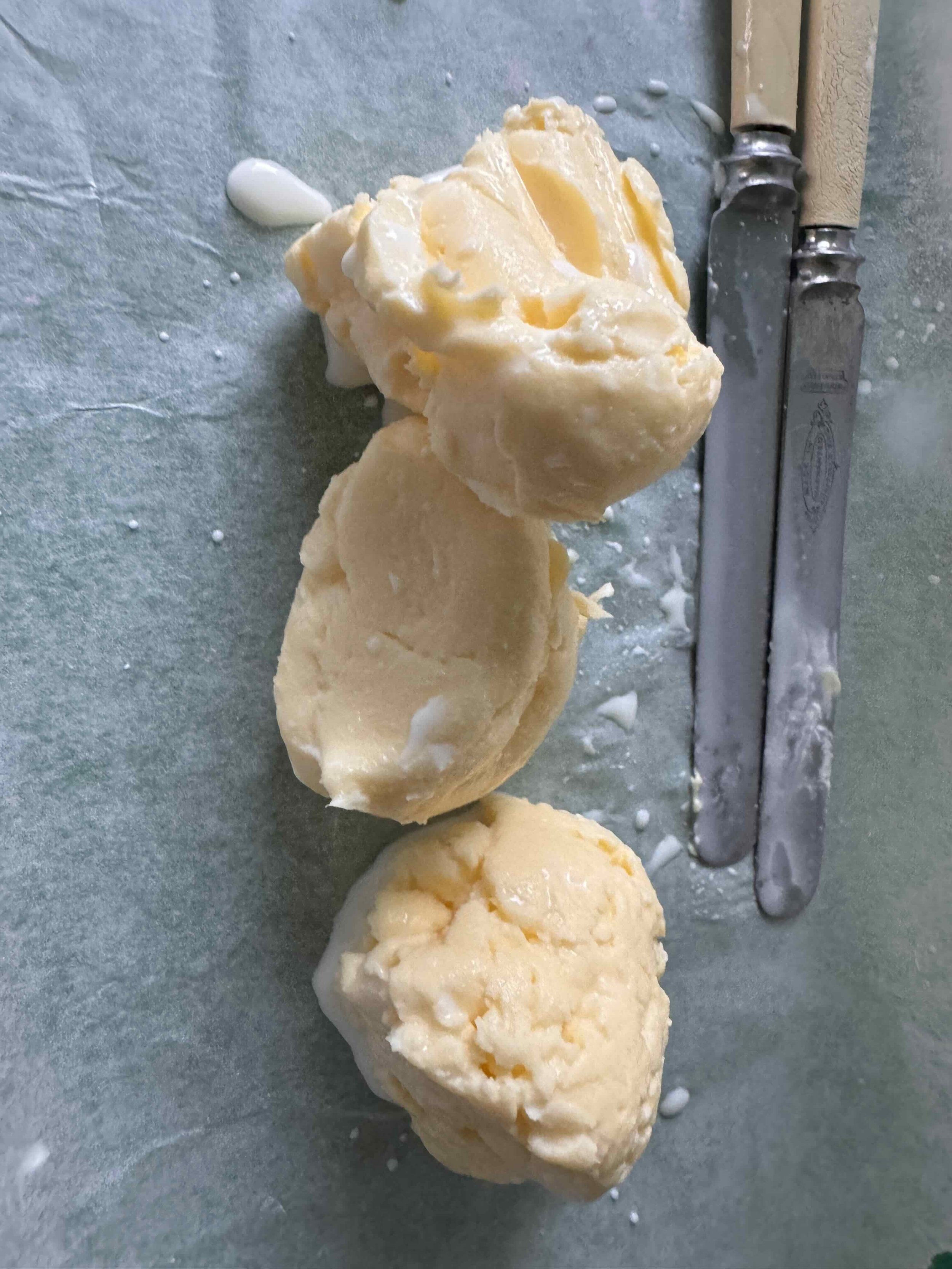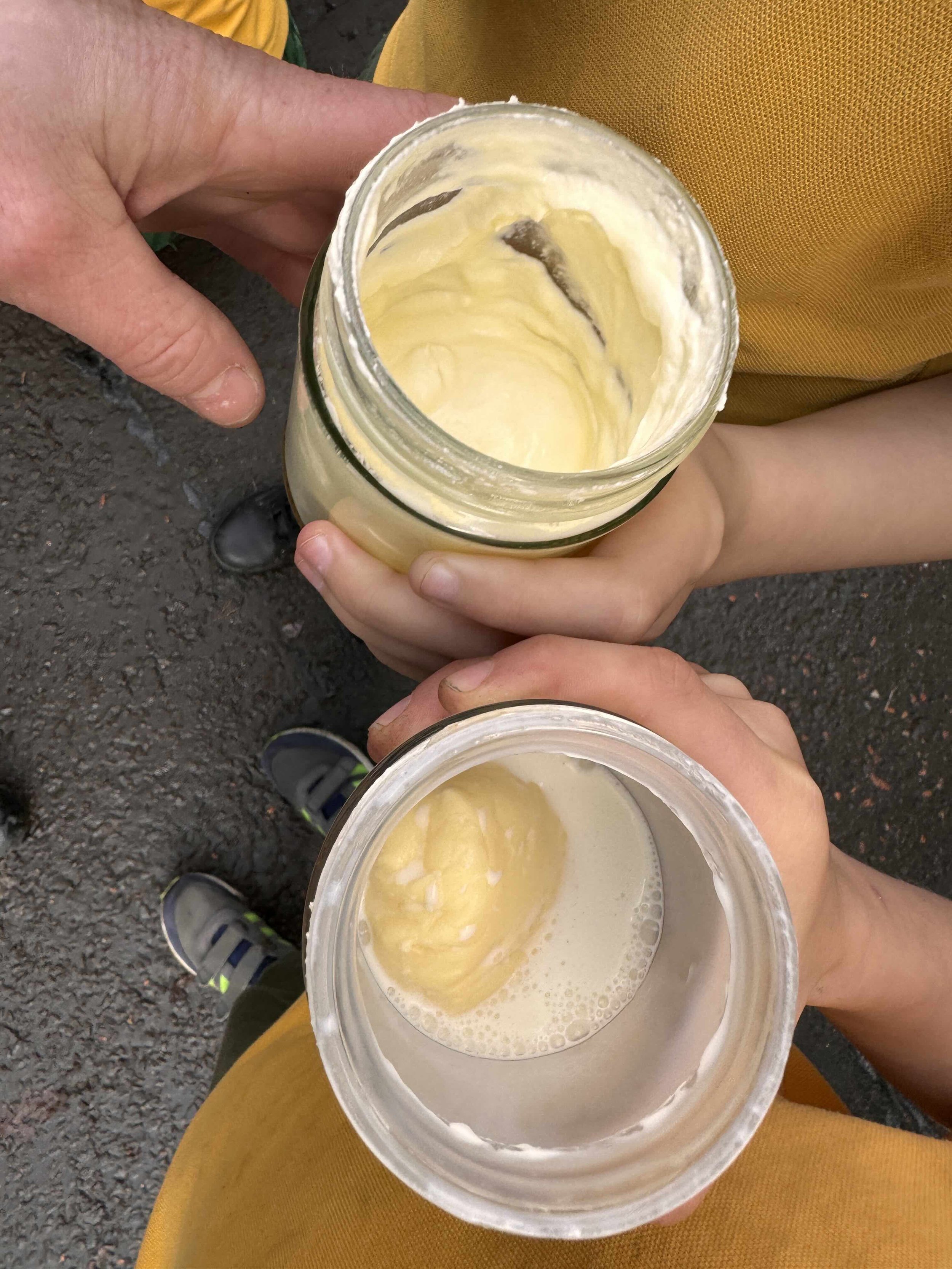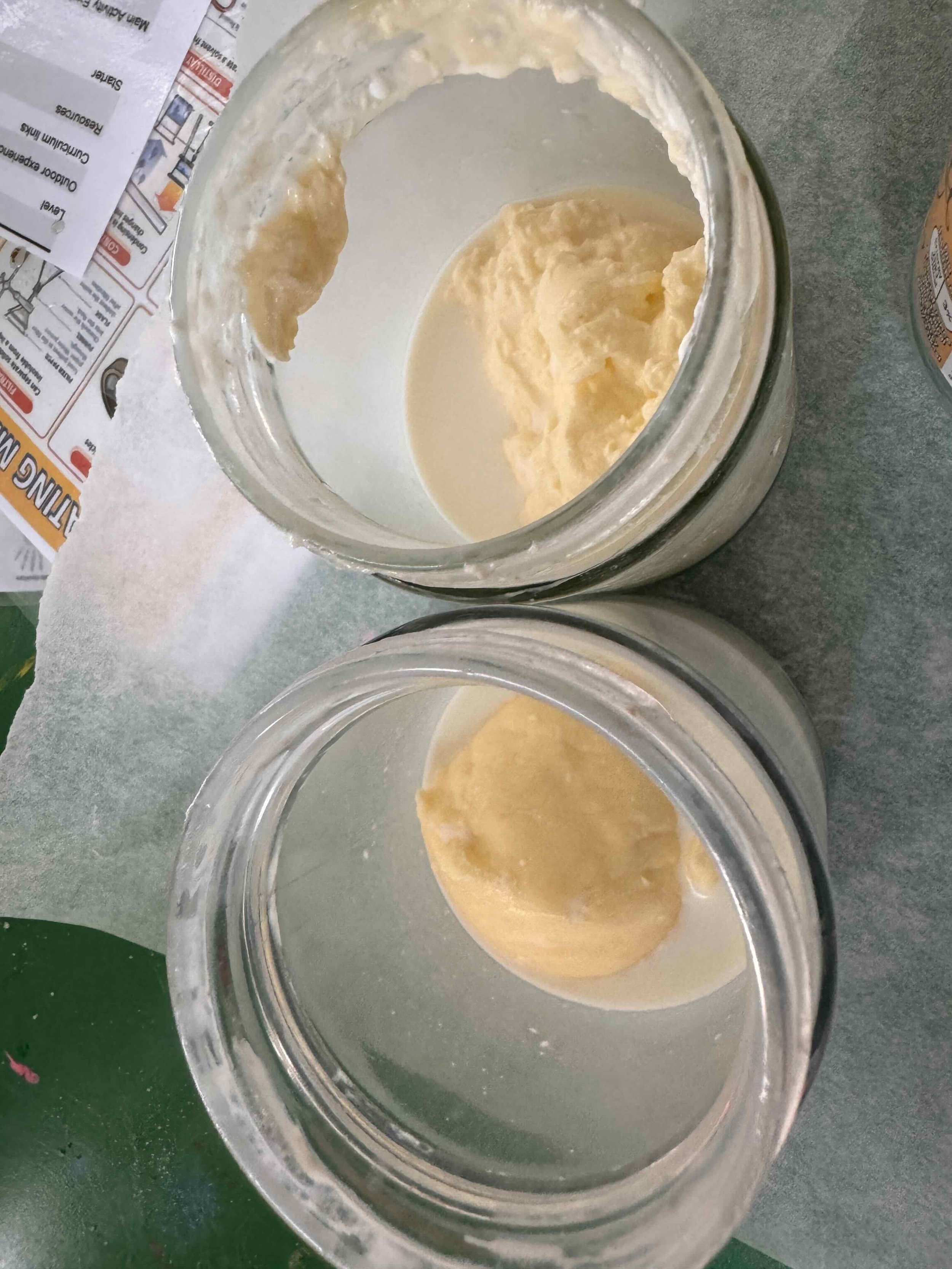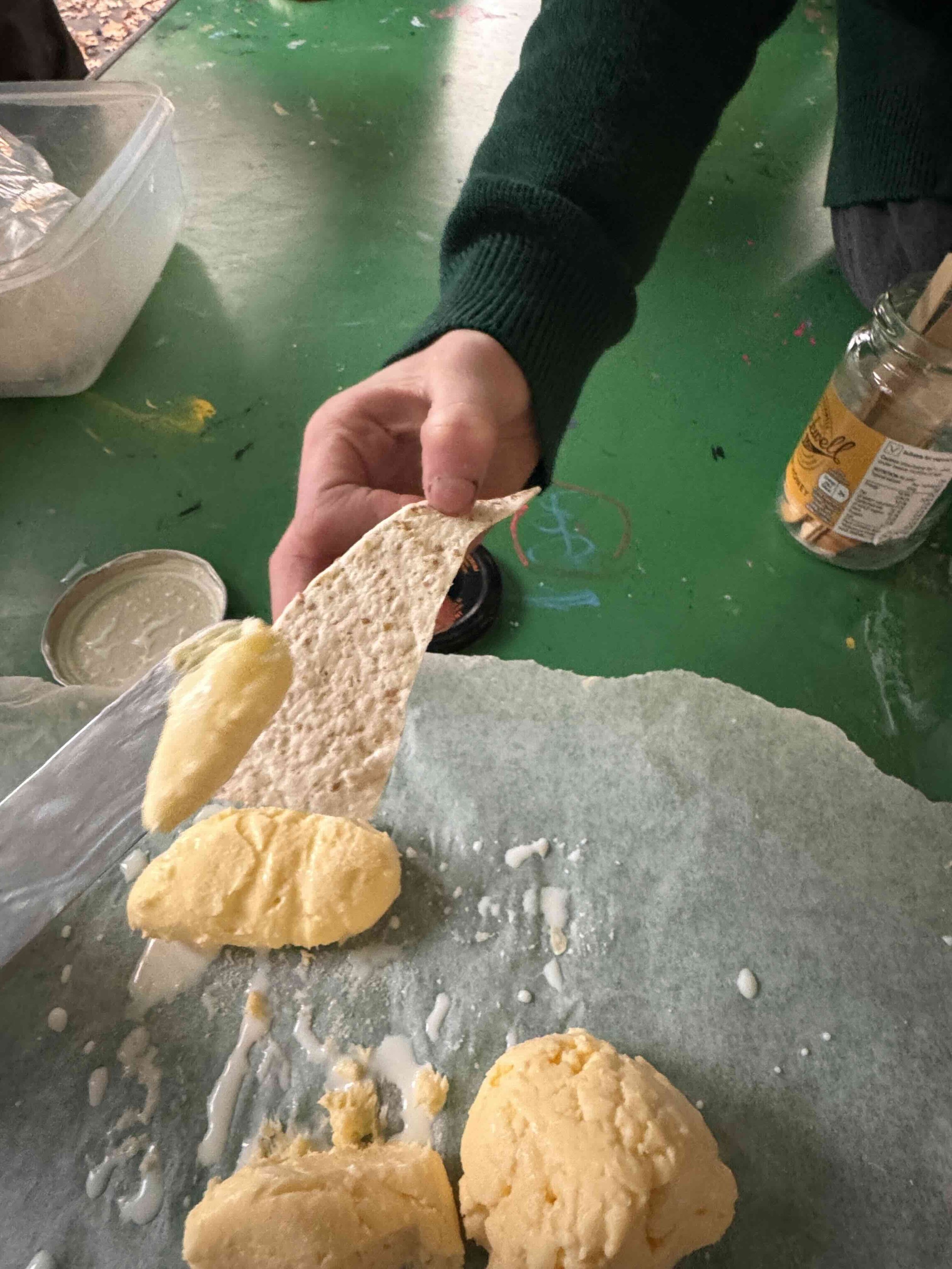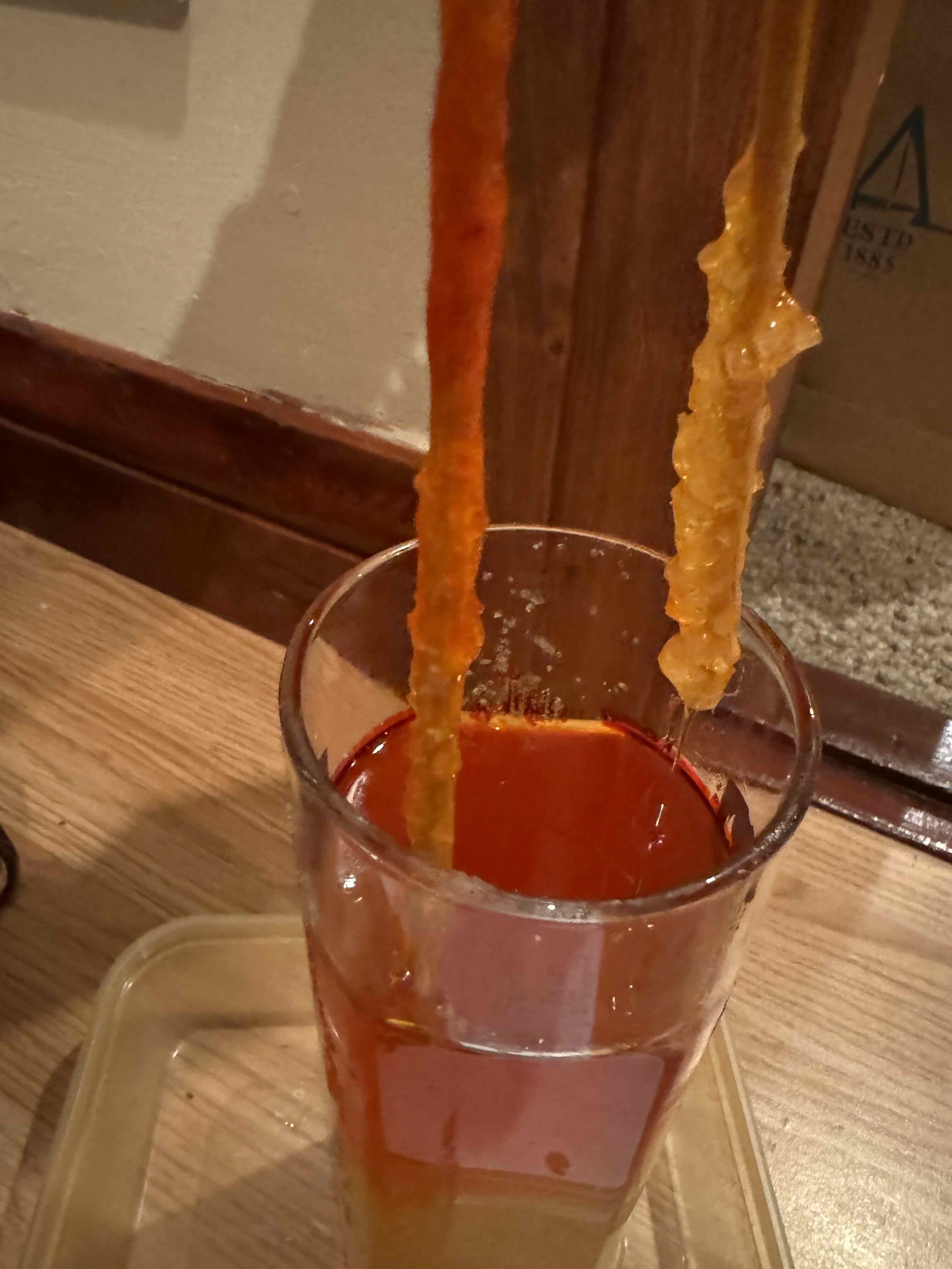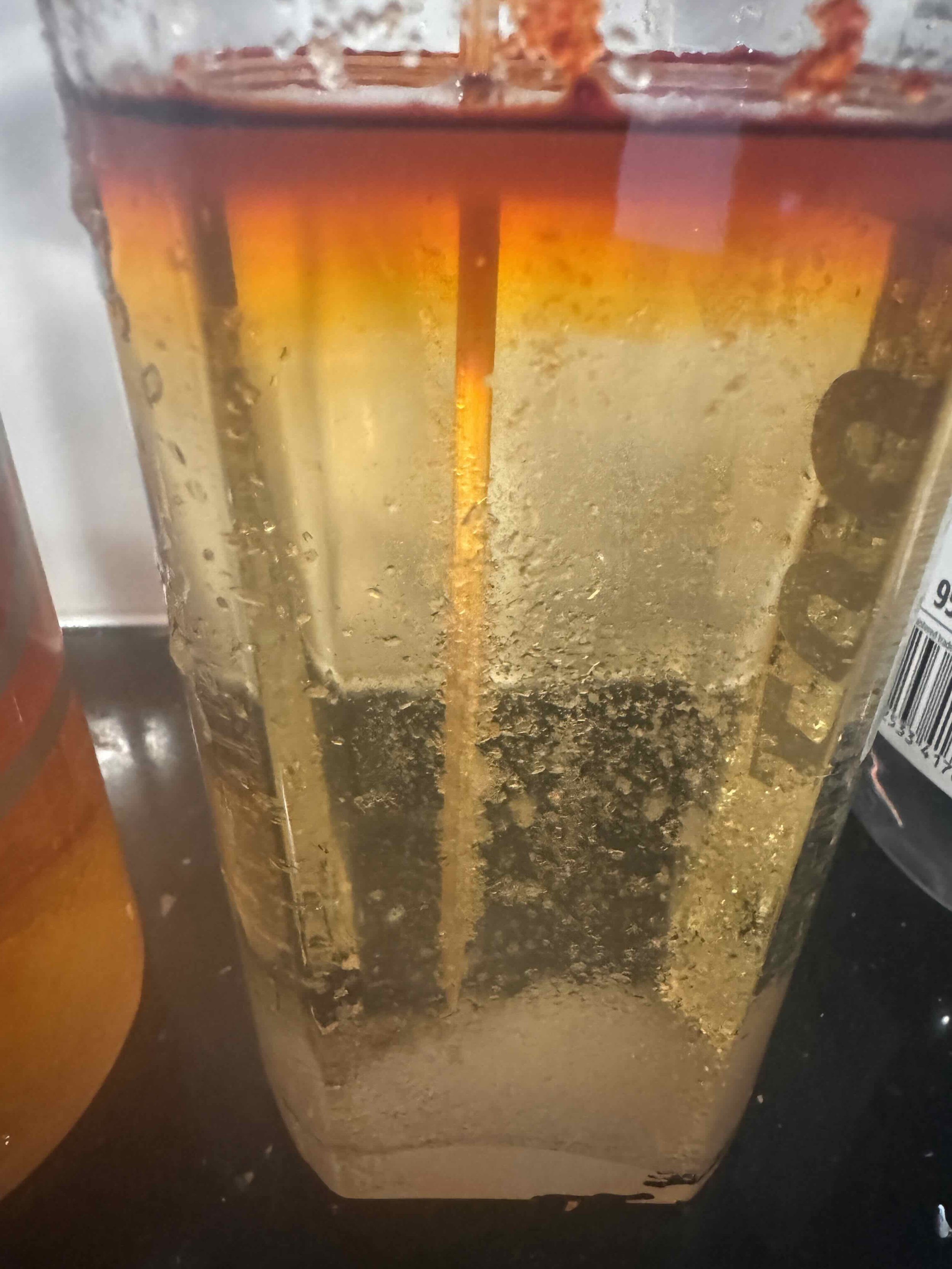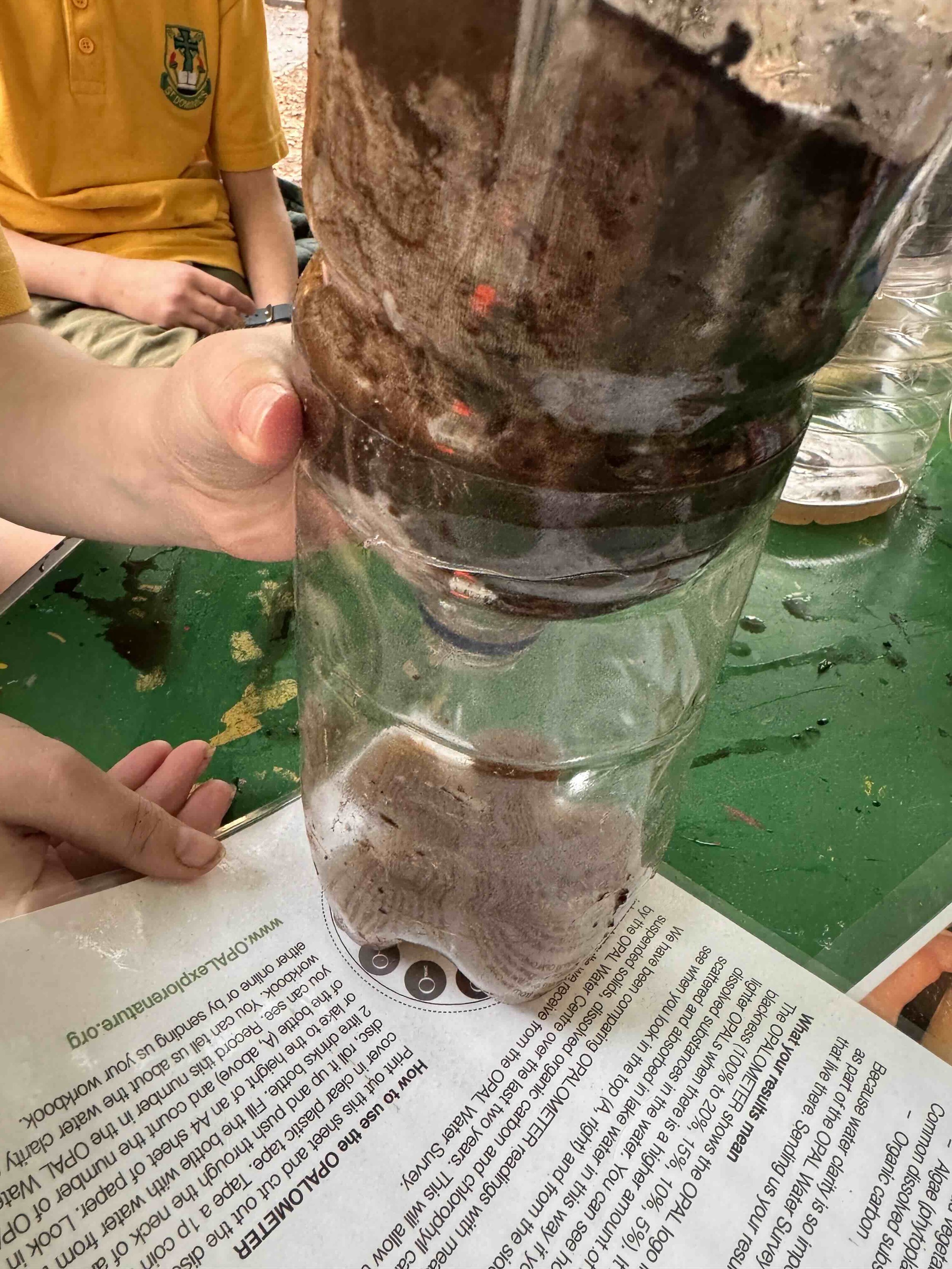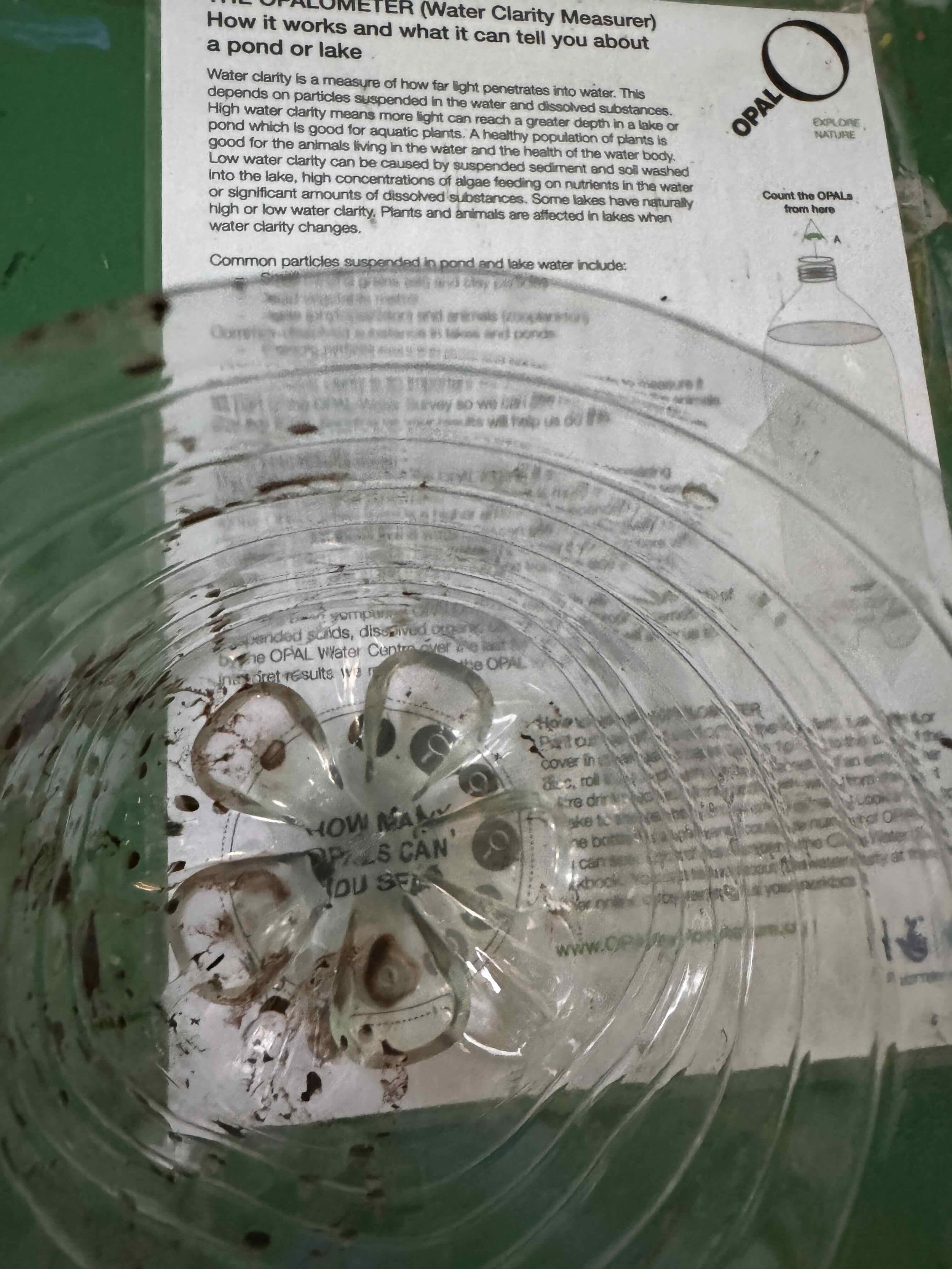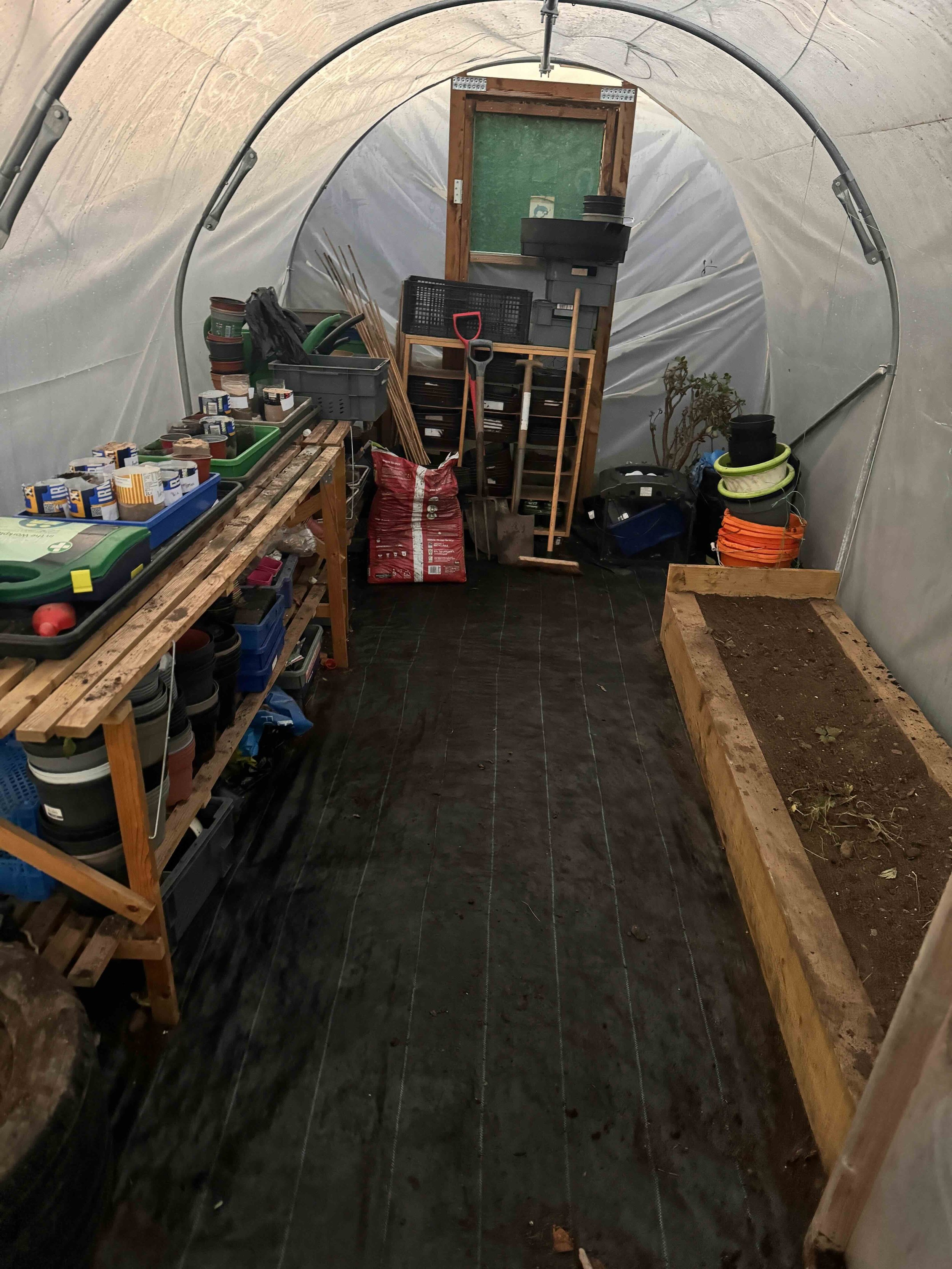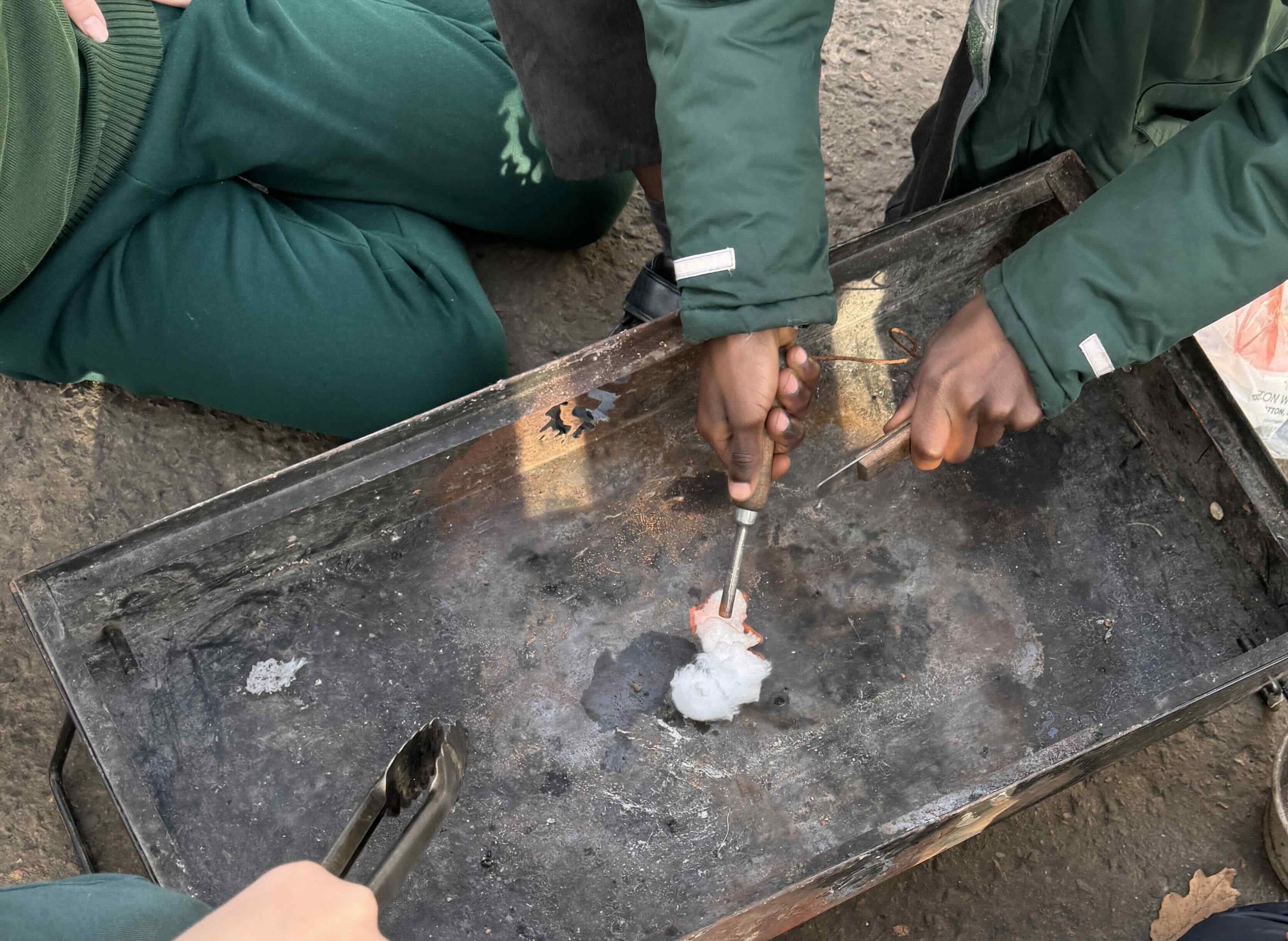Supporting class learning - forces, material properties, Australia, Crieff, European Union, trees & the Christmas sale!
Since August 2024 we have been so busy I have not had time to post. So here goes. At the start of term our focus for Science was forces. In particular, Push, Pull and Twist (to combine both) at the lower levels. We explored this through ‘Toys & Games’ and in some cases integrated ‘topic’ work.
With P1/2 we made our own frisbees and skittles - with a a focus on PUSH!
P2/3 Explored Push, Pull and twist making mini catapults, spinning tops and trying to balance 10 nails on 1 and move it round.
P3/4 required more focus their twist, push and pull forces to make the string spinner twirl for longer and keep their hula hoop straight and true when aiming for the targets…
P5 were investigating all things Australia this term. We therefore combined forces with Australia to make Boomerangs and clap sticks decorated using techniques similar to the Aboriginal and Torres Strait islander people. Both of these items require forces to use them correctly. We tried out our boomerang throwing techniques and circular breathing to play not only the clapsticks but also improvised didgeridoos.
Primary 6 were investigating the European Union and Forces. We decided the make marble runs between European countries! We also played the flag identification relay game.
P7 were putting on a show about the environmental impact of plastics. They needed costumes for the ‘eco warriors’. We decided to make capes from block printed leaves. Forces were explored in class at a more complex level.
After October break I supported classes with their individual focuses and in some cases the science focus - Properties of Materials. Closer to Christmas we also made some items to sell at the Christmas sale.
P1/2 were exploring all things to do with trees. We discussed why tree rings occur on wood slices and how we can tell the age of a tree or how good the weather had been that year. We identified that some birds choose to live in trees making nests, whilst others use bird boxes humans have made, we made a few bird boxes. Indoor language lessons were based around the Stickman and so we all made our own mini stickmen. We also learned how to sew at a basic level using laces and holes punched into the cloth to make festive bags for the Christmas sale.
A magic moment occurred when we explored bird calls using an App on Kate’s phone. One child heard what they thought was a sea gull. We confirmed on the phone app it was indeed a Gull. Kate then played the bird calls for all the species of bird puppets she had brought along. When she played the Robin, a real Robin responded! Kate explained that they are very territorial birds and that one might come to see if another Robin was intruding. When it did, we kept playing the app call and it came within a metre of some of the children before it realised it we were only humans! Later, the P1/2’s chose nest box locations- we may not get many staying but at least they can see the boxes!
P2/3 were exploring games of the world. We made our own checkers sets, played African, Indian, and Chinese games- many of which only required ourselves and no props. P3/4 were looking at ‘our Local community’ We zoomed in using google earth to find the school, and we figured out the importance of a compass when your don’t have obvious features. Finally, within the school grounds, we used ‘maps’ to orientate ourselves to find treasure and tried to walk a perfect square using just a compass and big steps.
P5, in their exploration of ‘the properties of materials,’ made some bioplastics. We discussed how all the plastics (petroleum based) ever made are still somewhere on the planet. But, the first plastic ever made in the late 1800’s, was just made from milk and vinegar. It was a hard plastic used in the production of buttons. We also made some flexible plastic using everyday household items.
With P6, we undertook some scientific experiments to explore the properties of materials and how we can split these elements up or use them to create things - sometimes edible! We made butter from cream, sugar candy from sugar crystals and filtered dirty water to try and make it as clean as possible. P6 then returned to class and wrote up a set of instructions for their favourite experiment with the reward of more buttered breads afterwards.
P7 explored material properties by looking at the effects of heat on food products. The cheese in the quesadillas melted as the wrap turned brown. Batter, initially liquid, became lovely, solid pancakes to consume. We also made some sleep-easy festive lavender bags for the Christmas sale and tidied up the Polytunnel finding hidden fruit and veg as we went.











